Le Monde Problématique's Public Feed: Willkommen zu meiner Debattenr...
Willkommen zu meiner Debattenrundschau vom 03.06.2019!
Seit einigen Jahren bestimmen identitätspolitische Fragen nicht nur den Kunst-Diskurs maßgeblich mit, sie sind auch in vielen anderen Gesellschaftsbereichen zu wichtigen Taktgebern geworden. „Trigger-Warnung - Identitätspolitik zwischen Abwehr, Abschottung und Allianzen“ heißt ein gerade erschienener Sammelband, den Jan-Paul Koopmann für Spiegel Online rezensiert hat. Das Buch versammele Texte von 20 AutorInnen, welche sich mit ganz unterschiedlichen Aspekte von Identitätspolitik beschäftigen würden. Die Diskussion um identitätspolitische Fragen werde häufig äußerst kontrovers geführt: „Dabei tritt auf allen Seiten zunehmend eine Aggressivität an den Tag, die vor ein paar Jahren noch undenkbar gewesen wäre - und die auch irritieren muss, wo doch die ganze Zeit von Schutzräumen gegen verbale Gewalt die Rede ist“, so der Autor. Die grundsätzlichen Erfolge von Identitätspolitik seinen erst einmal anzuerkennen; vor diesem Hintergrund vollziehe sich dann eine Kritik an den eben auch vorhandenen Überreibungen – so beschreibt Koopmann den grundlegenden Ansatz des Buches. Der Autor greift folgendes Beispiel heraus: „In ihrem Beitrag zum Antisemitismus-Skandal um die Echo-Nominierung von Deutschrapper Kollegah im vergangenen Jahr kritisieren Céline Wendelgaß und Tom David Uhlig pseudo-subversive Tabubrüche im Gangster-Rap. Nur richtet sich ihre Kritik dann auch gegen den Conscious-Rap, ‘wie ihn zum Beispiel prominent Sookee vertritt’. Die Autoren analysieren, wie die Selbstkritik zum Selbstzweck werde: Die Rapperin Sookee macht einen Song über die Diskriminierung von Schwulen und Lesben und kassiert dafür den Vorwurf, andere Diskriminierte auszuschließen, singt sie über toxische Männlichkeit, unterstellt man ihr wiederum Transfeindlichkeit und so weiter. Sookee reagiert betroffen, sagt Konzerte ab, veröffentlicht selbstkritische Songs. ‘Vor lauter Moral der Geschichte’, heißt es aber im Buch, ‘werde die Geschichte selbst vergessen’.“
Das gute Abschneiden der AfD bei der Europa-Wahl nimmt Swantje Karich zum Anlass, sich in der WeltGedanken über die politischen Voraussetzungen der Kunstfreiheit zu machen. Als konkretes Beispiel dient ihr Dresden, ist die AfD in Sachsen doch stärkste Kraft geworden. „Die AfD hat immer wieder bewiesen, dass sie sich für die Kunstfreiheit nur begrenzt interessiert und dass sie in diesem Sinn auch die Museumslandschaft im Freistaat und besonders auch in Dresden verändern will“, so Karich. Beispielsweise wolle AfD-Stadtrat Gordon Engler dem Europäische Zentrum der Künste Hellerau die jährliche städtische Förderung von 3,4 Millionen Euro streichen. Manche Museumsleute befürchteten bereits einen erhöhten politischen Druck nach den Landtagswahlen im Herbst. Zur politischen Unabhängigkeit von Museen und Institutionen schreibt sie: „Egal ob das Stadtmuseum oder die Staatlichen Kunstsammlungen Dresden: Museumsdirektoren, Mitarbeiter, Kuratoren werden in den städtischen und staatlichen Museen Deutschlands von der Politik berufen. Sie sind weisungsgebunden und vom Grundsatz zu politischer Neutralität verpflichtet. Die Ministerkonferenz entscheidet, ob Verträge geschlossen oder auch nur verlängert werden.“
Auf dem Gelände der Leipziger Baumwollspinnerei sollte eigentlich Ende der Woche die 26. Leipziger Jahresausstellung stattfinden. Die vom Leipziger Jahresausstellung e. V. organisierte Schau wurde nun kurzfristig abgesagt. Grund dafür ist die Debatte um die Teilnahme des Malers Axel Krause, welcher der AfD nahe steht und sich in regelmäßigen Facebook-Posts (https://www.facebook.com/people/Axel-Krause/100008881501633) entsprechend politisch positioniert. Im vergangenen Jahr war Krause von seiner damaligen Leipziger Galerie Kleindienst, welche ihre Räume auch auf dem Gelände der Baumwollspinnerei hat, fallen gelassen worden, was damals mit dessen politischer Haltung begründet wurde. (Ich empfehle die Google-Bewertungen der Galerie zur Lektüre. Ein gewisser Axel Krause hat nur 1/5 Sternen gegeben.) Nun führten öffentliche Proteste gegen die Teilnahme Krauses zum Rücktritt des Vereinsvorstandes und zur besagten Absage der Ausstellung. Ulrike Thielmann hat für MDR Kultur die Hintergründe und Details des Falls zusammengefasst, O-Töne von ursprünglich teilnehmenden KünstlerInnen inklusive.
Galerist Jochen Hempel, ebenfalls auf dem Gelände der ehemaligen Baumwollspinnerei ansässig, hat sich im Interview mit Monopol zu den Streitigkeiten um Krause geäußert. Er befürchte einen Image-Schaden für alle auf dem Gelände ansässigen Galerien, werde doch nun der Name des Areals ständig im Kontext des Skandals genannt, so Hempel. Er sieht in der Teilnahme Krauses auch einen Affront von Seiten des Auswahlkomitees der Überblicksausstellung: „Das Problem ist und bleibt, dass eine einfache Mehrheit der Jury für ihn gestimmt hat. Das war und ist eine deutliche Provokation gegenüber der Entscheidung von Kleindienst sowie den Spinnerei-Galerien.“
Susanne Schreiber hat für das Handelsblatt ein wirklich lesenswertes Interview mit dem Maler Norbert Bisky geführt. Das Gespräch dreht sich unter anderem um seine ostdeutsche Herkunft, sein Verhältnis zu Geld und dem Kunstmarkt und natürlich um seine künstlerische Praxis. Seine künstlerische Sozialisation in den Neunziger Jahren beschreibt er folgendermaßen: „Der Zusammenbruch eines Landes ist eine derart absurde Situation, dass ich mir gesagt habe: ‘Ich werde jetzt Künstler.’ Die Implosion der Ordnung wirkte als Kick. Dinge, die mich bis eben noch gequält haben, Leute, die ich privat gar nicht mochte und die mir reinreden wollten in mein Leben, waren entmachtet worden. […] Das Ende der DDR war biografisch für mich ein Riesenglücksfall. Die Instabilität spielt ja nach wie vor in meinen Bildern eine Rolle. Ich bin immer sehr skeptisch, wenn jemand meint, ganz genau zu wissen, wie es geht. Gut sortierten Weltsichten in verschiedenen Schubfächern misstraue ich. Der Gedanke, dass die Dinge auch ganz anders sein könnten, ist mir ein durchaus lieb gewordener Begleiter geworden.“
Wolfgang Ullrich hat kürzlich in einem Essay für die Zeit eine bemerkenswerte Entwicklung konstatiert – politische eher rechts stehende KünstlerInnen würden sich vermehrt die Verteidigung der Kunstfreiheit auf die Fahnen schreiben, während ihr von linker Seite immer häufiger mit Misstrauen begegnet werde. (Auch Axel Krause beruft sich in seinen Posts ständig auf die Kunst- und Meinungsfreiheit.) Harry Lehmann fragt in seinem Essay, welches ebenfalls auf Zeit Online erschien, nach den unterschiedlichen philosophischen Vorstellungen von Autonomie, die dieser Entwicklung zugrunde liegen, und schlägt darauf aufbauend eine erweiterte Definition von künstlerischer Autonomie vor, welche für demokratische Gesellschaften im Umbruch eine wichtige Funktion erfüllen könne: „Liberale Demokratien brauchen problemscharfe Selbstbeschreibungen. In Zeiten großer Veränderungen werden diese allerdings dysfunktional. Genau hier findet die autonome Kunst ihre gesellschaftliche Funktion, die aber eben nicht direkt politisch, sondern eher vorpolitisch ist: Autonome Kunst kann in ihren besten Werken neue Selbstbeschreibungen provozieren, indem sie die blinden Flecke der aktuellen Selbstbilder artikuliert. […] Man kann die Kulturinstitutionen heute nur ermutigen: In einem politisch polarisierten gesellschaftlichen Umfeld sollte auch jene Kunst unterstützt werden, die quer zu linken und rechten, progressiven und konservativen Standpunkten steht. Denn sie zeigt diese Positionen in ihrer Widersprüchlichkeit, erneuert Erfahrungsmuster und Sprachspiele, die eine demokratische Meinungsbildung erst möglich machen.“
News.artnet.com hat einen Auszug aus dem Buch „Boom: Mad Money, Mega Dealers, and the Rise of Contemporary Art“ veröffentlich, welches von Michael Shnayerson verfasst und kürzlich publiziert wurde. Im den Kapitel beschreibt Shnayerson detailreich und amüsant, wie Takeshi Murakami, Mark Grotjahn und andere KünstlerInnen in den späten Neunzigern und frühen Nuller Jahren zu globalen Stars aufstiegen, zusammen mit ihren Galeristinnen und Galeristen. Künstlerische Fragen spielen in Shnayersons Story keine Rolle; Machtanspruch, Durchsetzungskraft und Geschäftssinn sind die eigentlichen Protagonisten seiner Kunstgeschichte.
Der israelische Psychoanalytiker Carlo Strenger nennt sich selbst einen liberalen Kosmopoliten. Über eben jene gesellschaftliche Figur hat er nun ein Buch geschrieben, welches Michael Angele kürzlich für den Freitag rezensiert hat. Es heißt „Diese verdammten liberalen Eliten. Wer sie sind und warum wir sie brauchen“. Die Grundfrage des Buches laute, ähnlich wie bei Didier Eribons „Rückkehr nach Reims“: „Wie konnte es sein, dass sie (die Arbeiterklasse, das Prekariat, die kleinen Leute) sich von den linken und liberalen Ideen abgewendet haben? Beide Autoren geben ungefähr die gleiche Antwort: Weil wir (Akademiker, Kreative, Kulturschaffende, Journalisten etc.) einmal zu oft abgehoben haben.“ Um diese Frage zu ergründen, habe Strenger Fälle aus seiner psychotherapeutischen Praxis zu fünf exemplarischen Geschichten verdichtet, so der Autor der Rezension. Insgesamt ein wirklich aufschlussreiche Besprechung, ergänzt Angele Strengers Theorien doch noch um zusätzliche soziologische Ansätze und gibt somit einen kompakten, aber dennoch komplexen Einblick in die Thematik.
Ein ganz kurzer Hinweis auf einen tollen Text von Jörg Scheller, veröffentlicht als Blogbeitrag der Zeitschrift Merkur: „Im Folgenden werde ich schlaglichtartig die Haltung dreier AutorInnen beleuchten, die, aus einer dezidiert intellektuellen und/oder künstlerischen Perspektive, vor der Verführbarkeit von Intellektuellen, Akademikern und Künstlerinnen gewarnt haben.“ Denn: „Bildung und Intellekt sind moralisch unspezifisch. Kunst und Kultur zeitigen keine vorhersagbare Wirkung. Aufklärung und Kritik können jederzeit in ihr Gegenteil umschlagen.“ Sie taugten also auch nicht automatisch als Waffe gegen den gesellschaftlichen Rechtsruck, den Aufstieg des Populismus und dem verbreiteten Glauben an Verschwörungstheorien, so die These des Autors.
„How Soon Is Now: Art, Activism, and Accountability” hieß eine Podiumsdiskussion, die vor einigen Tagen im „Vera List Center at The New School“ in New York stattfand. Moderiert wurde die Diskussion von David Velasco, dem Chefredakteur des Magazins Artforum. Auf der Bühne waren die Künstlerinnen Nan Goldin und Tania Bruguera, die Kunsthistorikerin Claire Bishop, der Schriftsteller Tobi Haslett sowie die Direktorin des Brooklyn Museum, Anne Pasternak. Claire Selvin war für artnews.com vor Ort; in ihrem Artikel fasst sie die wichtigsten Diskussionspunkte zusammen. Die Ausgangslage der Debatte beschreibt sie einleitend folgendermaßen: „Against a backdrop of protest and activism surrounding art museums of late—most notably the high-profile case of Safariland figurehead Warren B. Kanders’s presence on the the Whitney Museum’s board and resulting agitation organized by the group Decolonize This Place—a panel of artists, activists, and arts professionals convened at the New School in New York to discuss their work and address pressing questions regarding money, politics, and power in the cultural sector.“
Wer sich noch einmal einen Überblick verschaffen möchte über jene Proteste, welche in den vergangenen Jahren Kunstinstitutionen oder KünstlerInnen trafen, die sich in den Augen der Protestanten unmoralisches oder ungerechtes Verhalten zu Schulden hatten kommen lassen, dem sei Barbara Pollacks ausführlicher Artikel ans Herz gelegt, welcher ebenfalls auf artnews.com erschienen ist.
Johannes Bendzulla

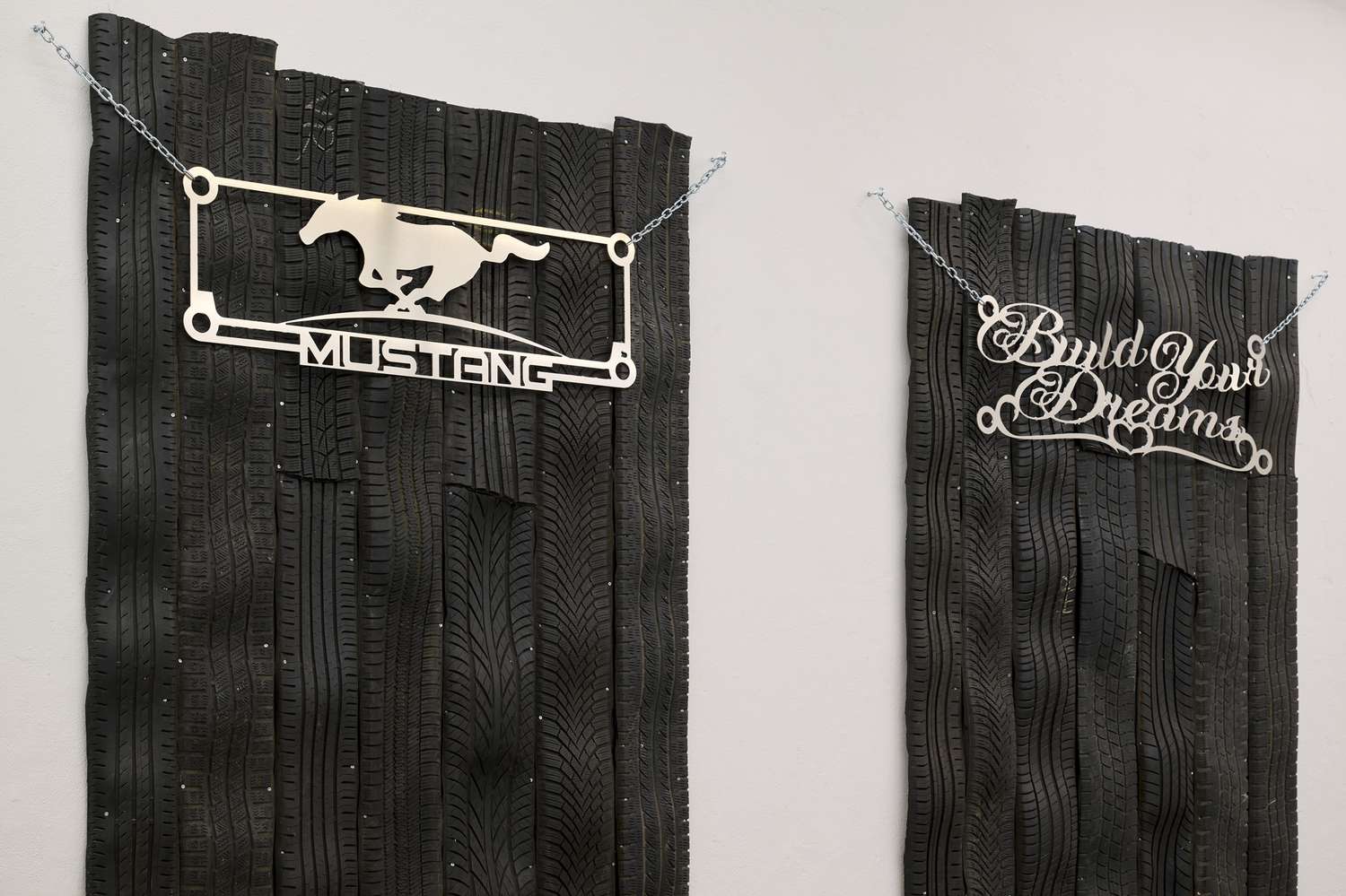
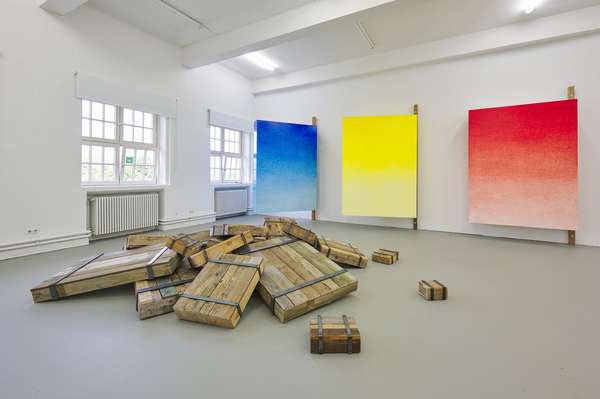
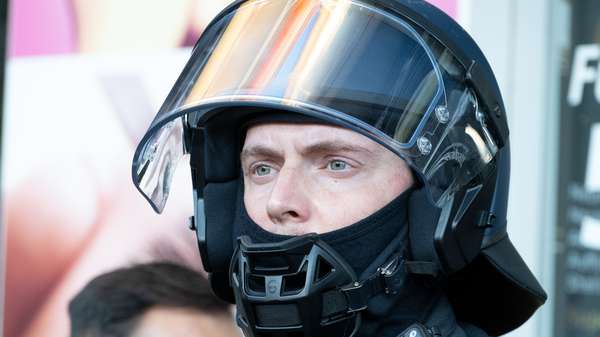
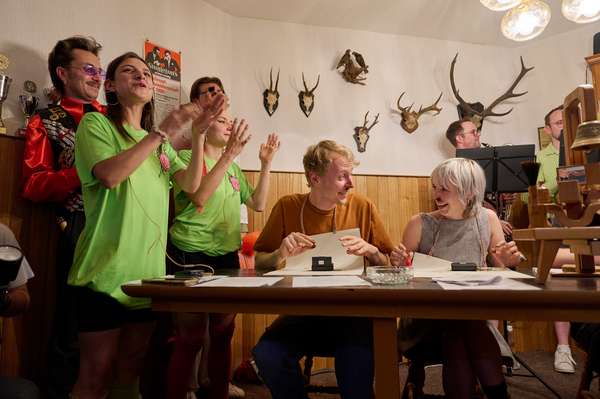
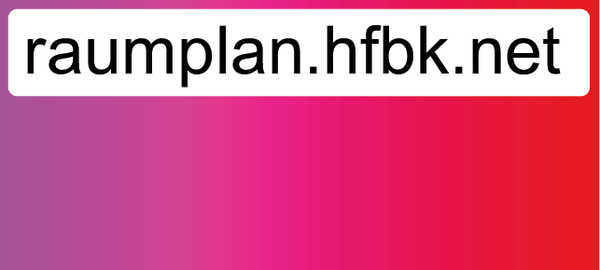
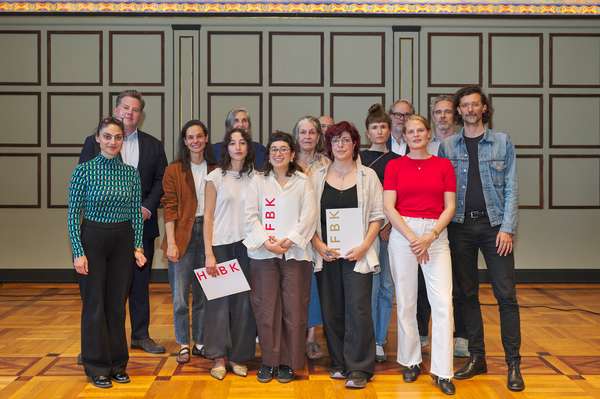

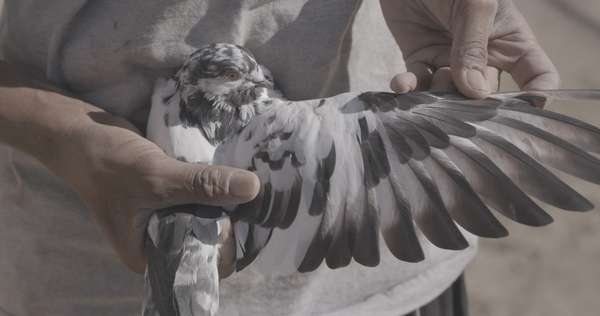
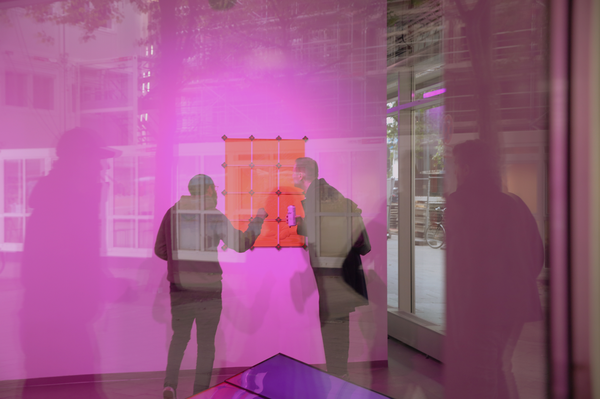
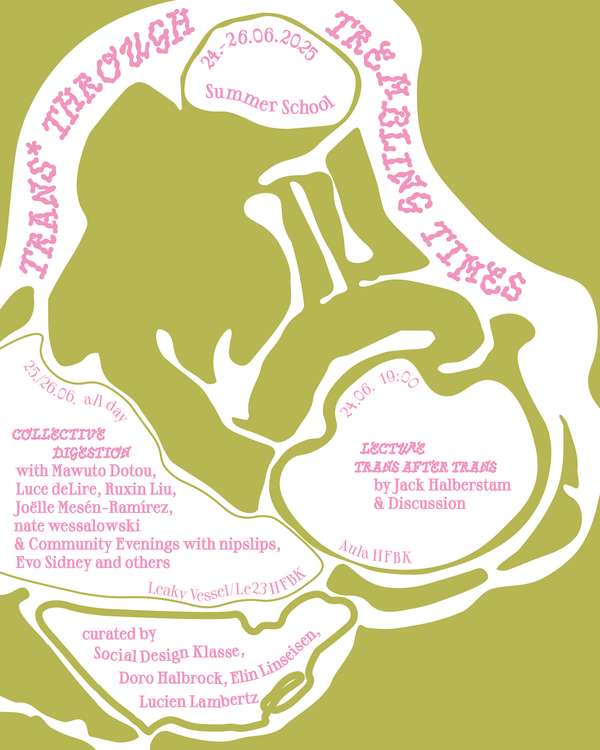
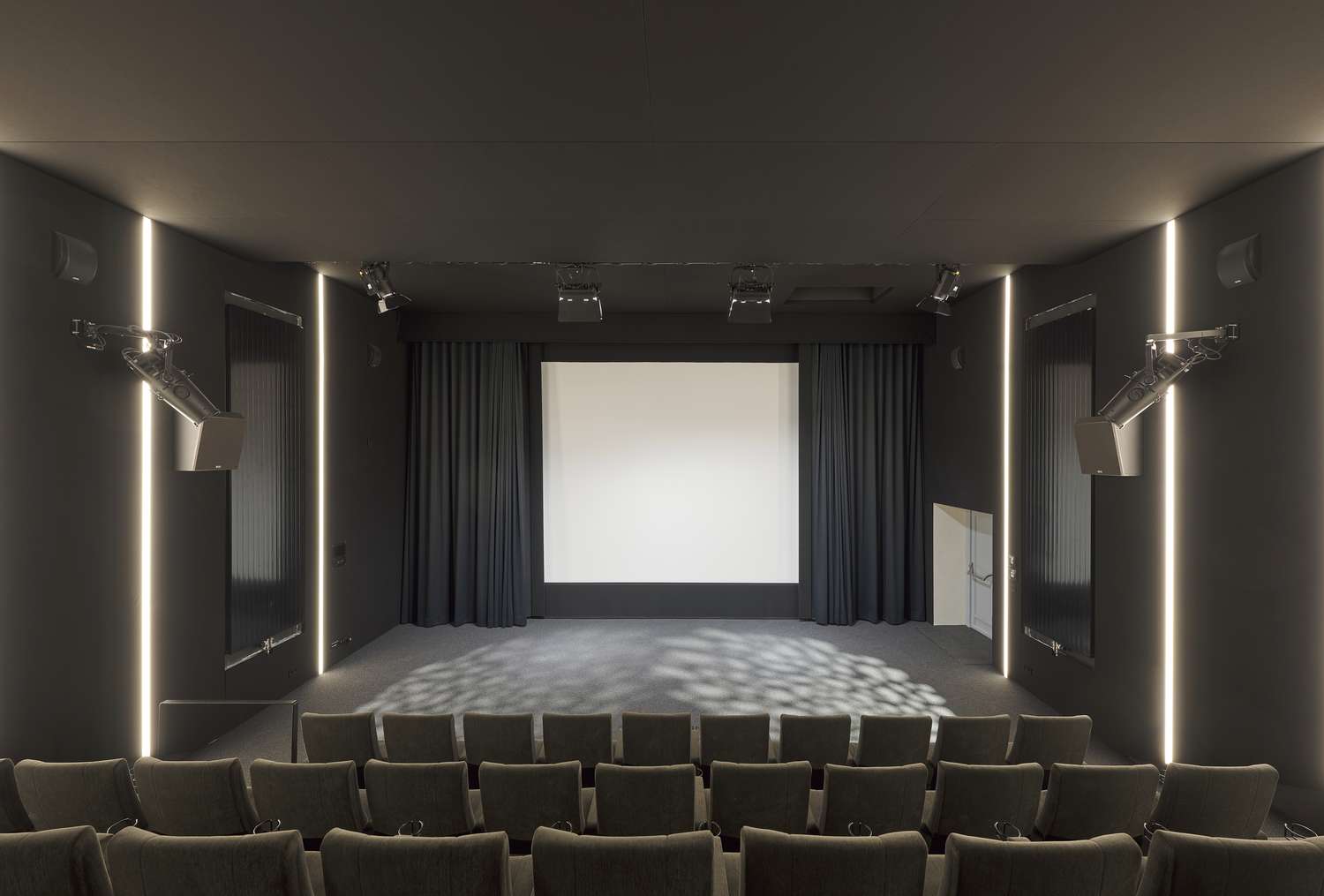
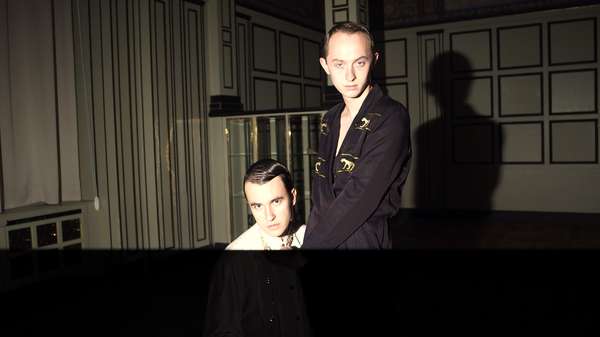
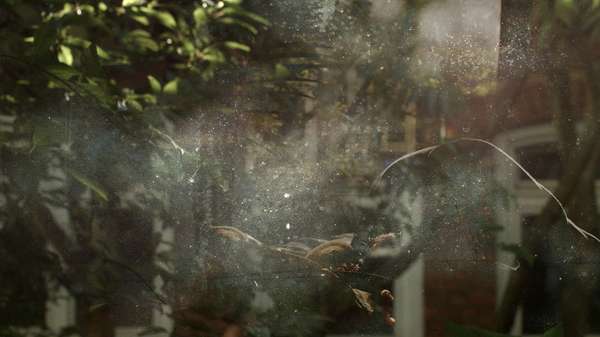
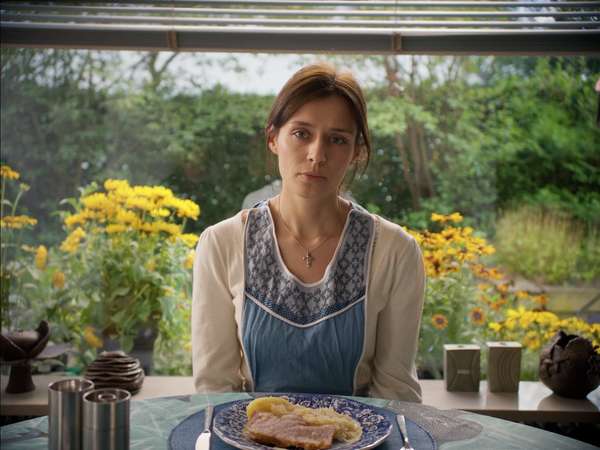
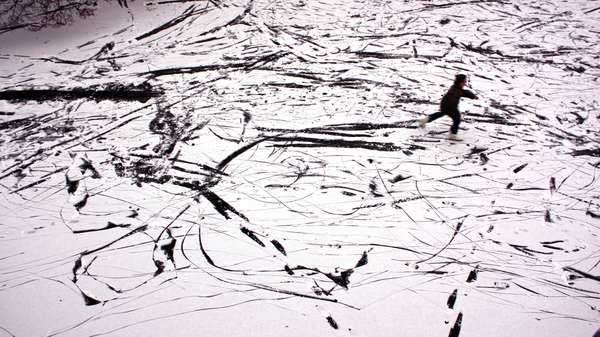
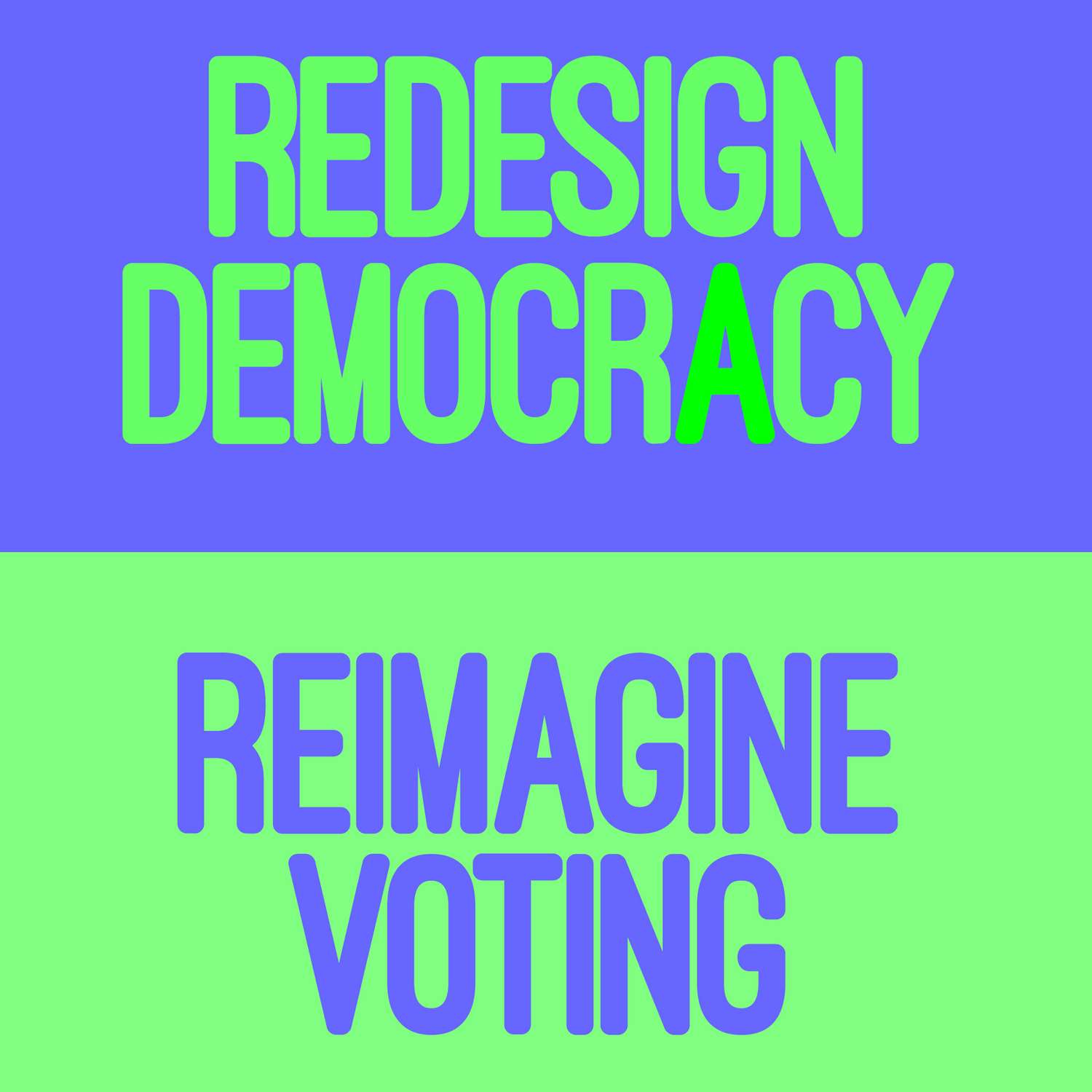
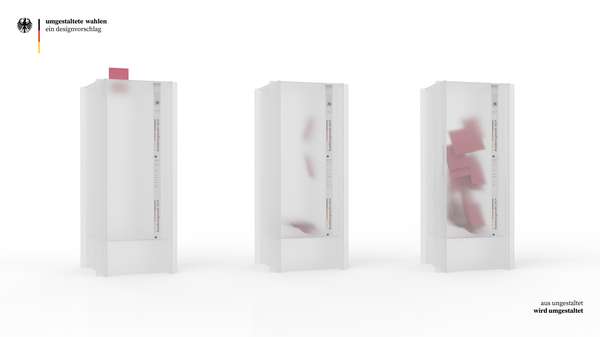
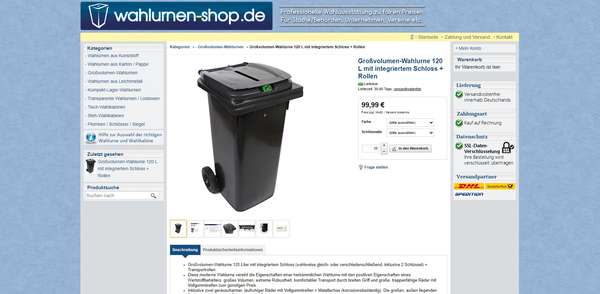
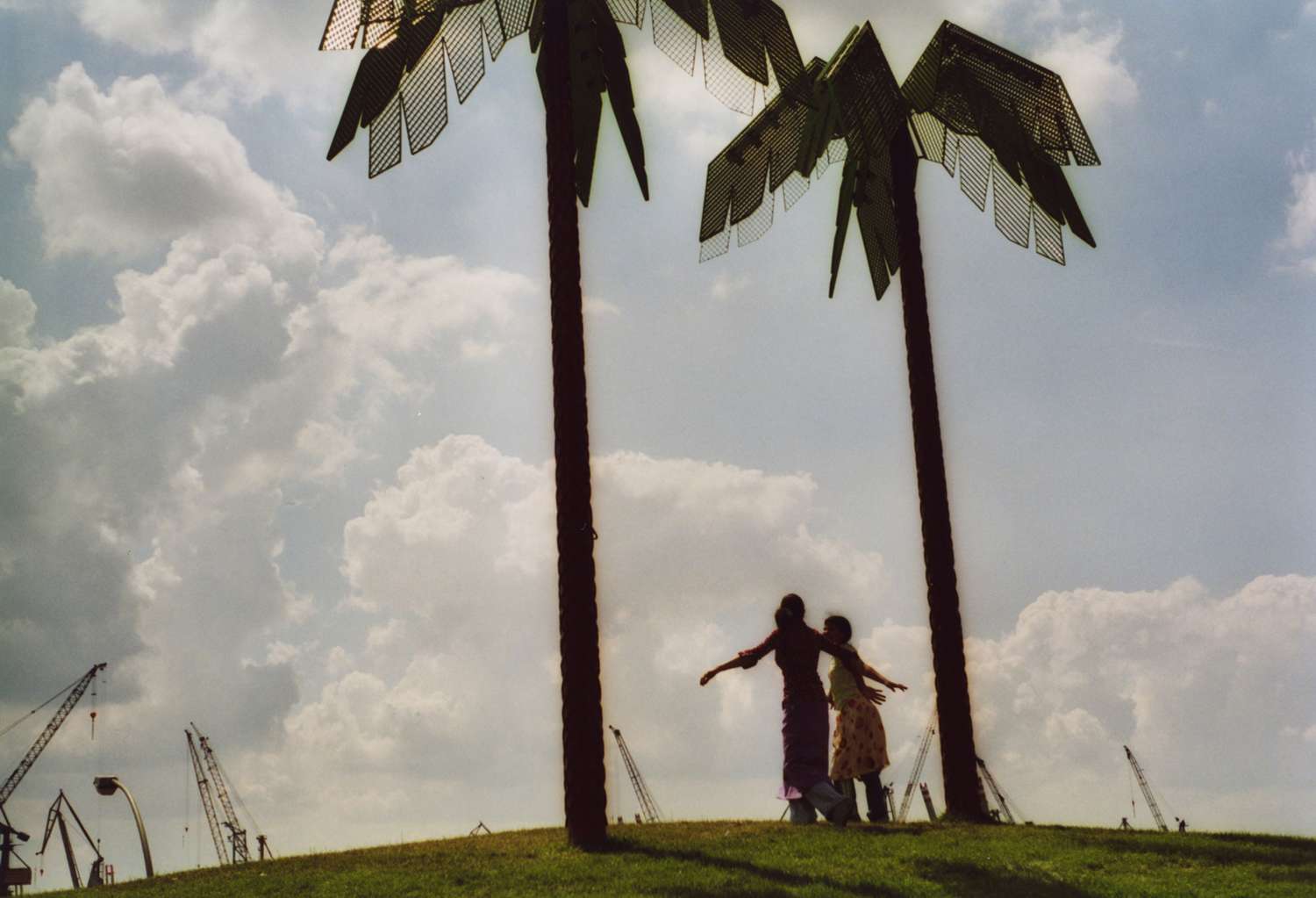
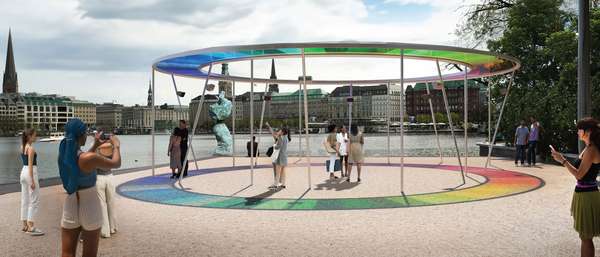
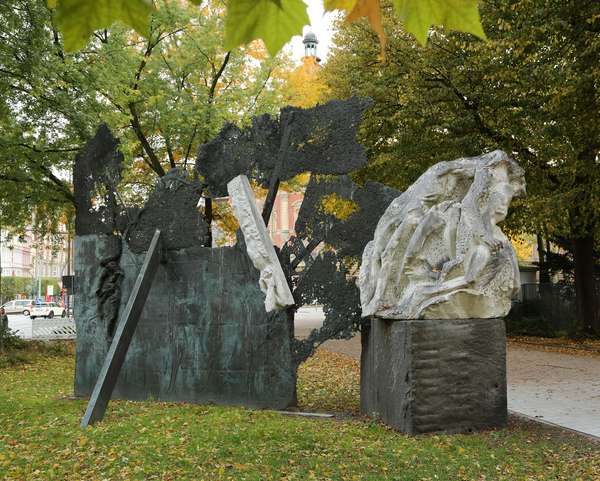
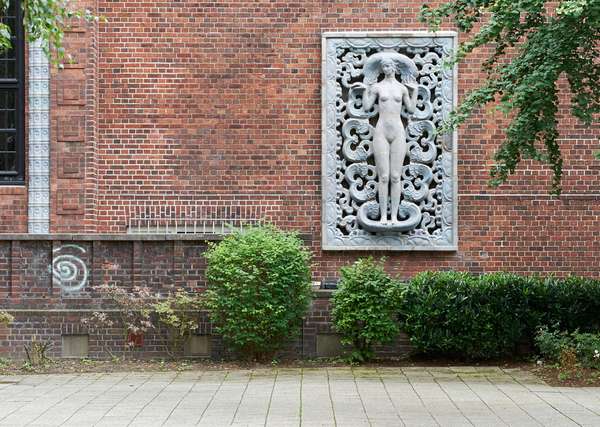
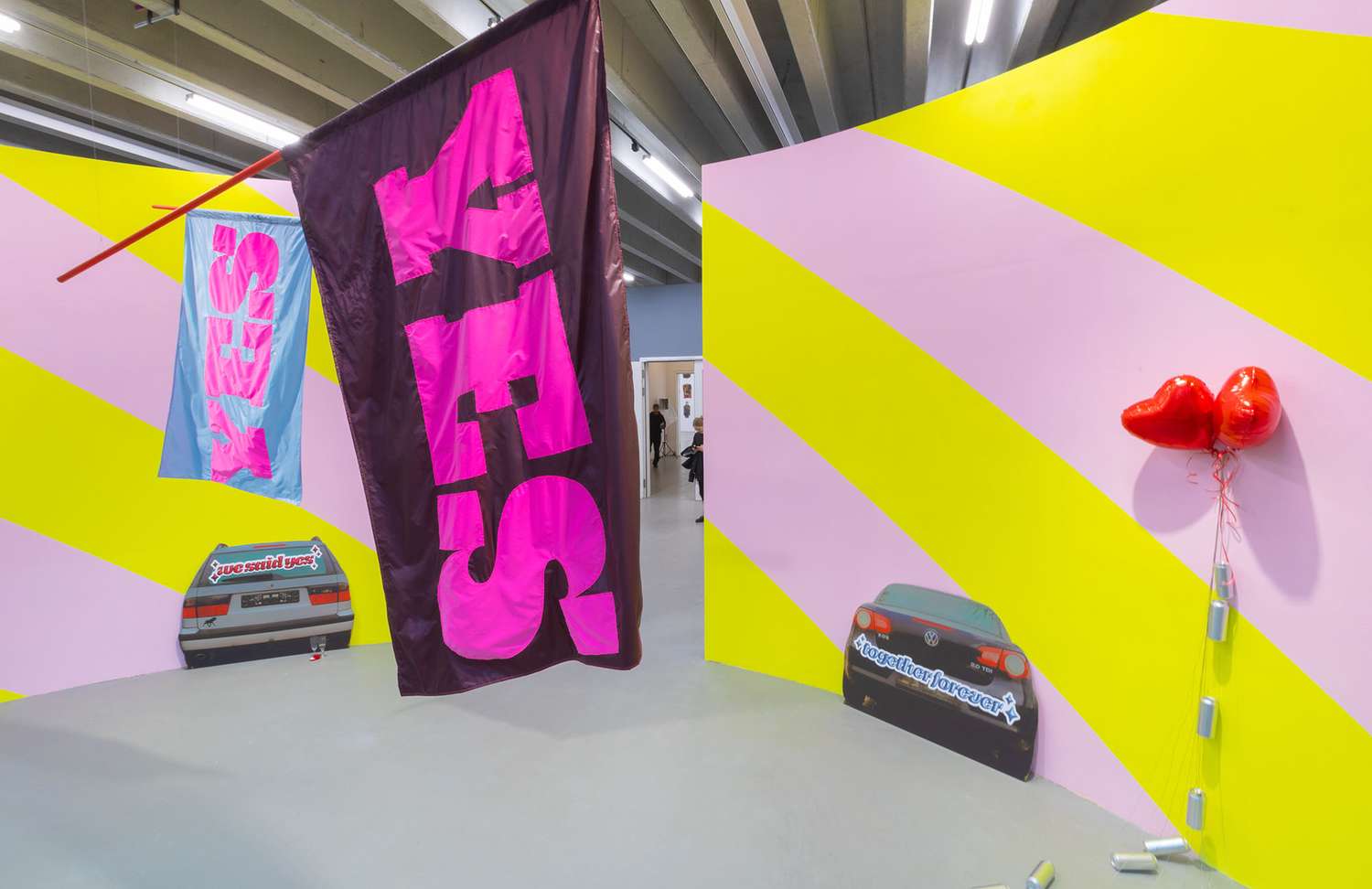
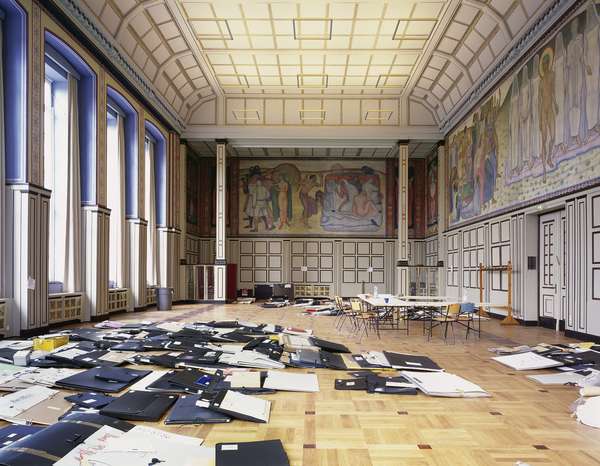
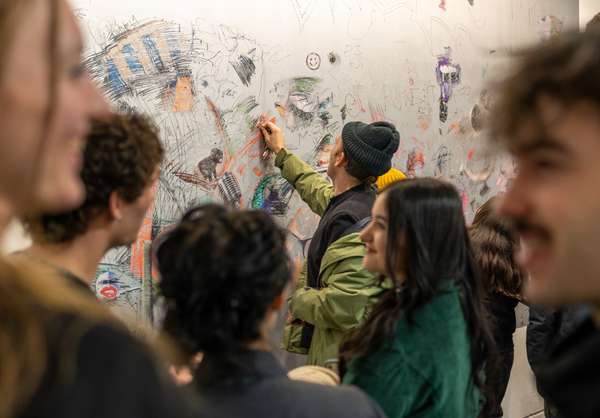
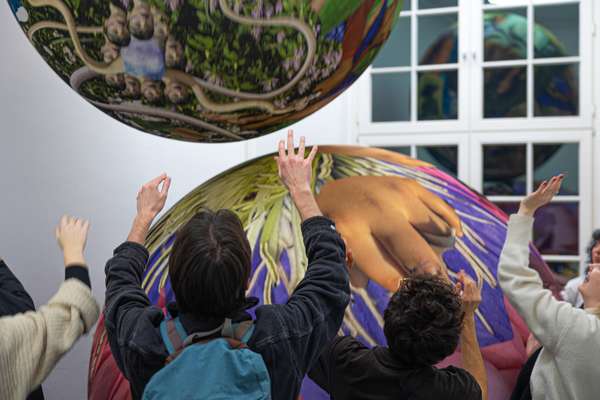
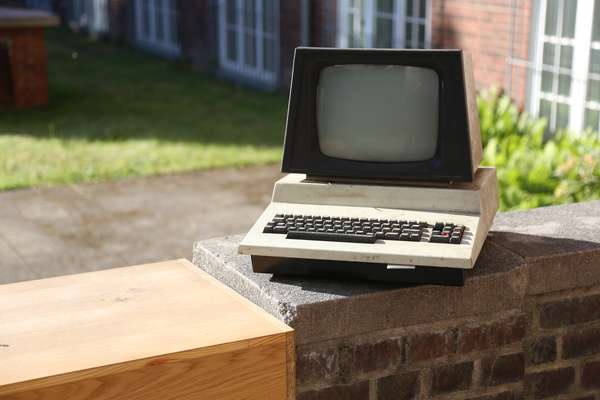

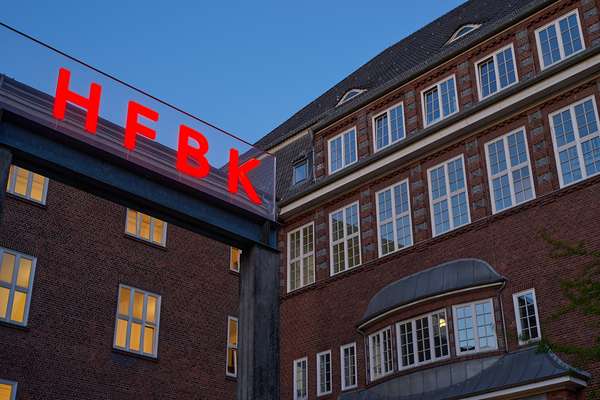
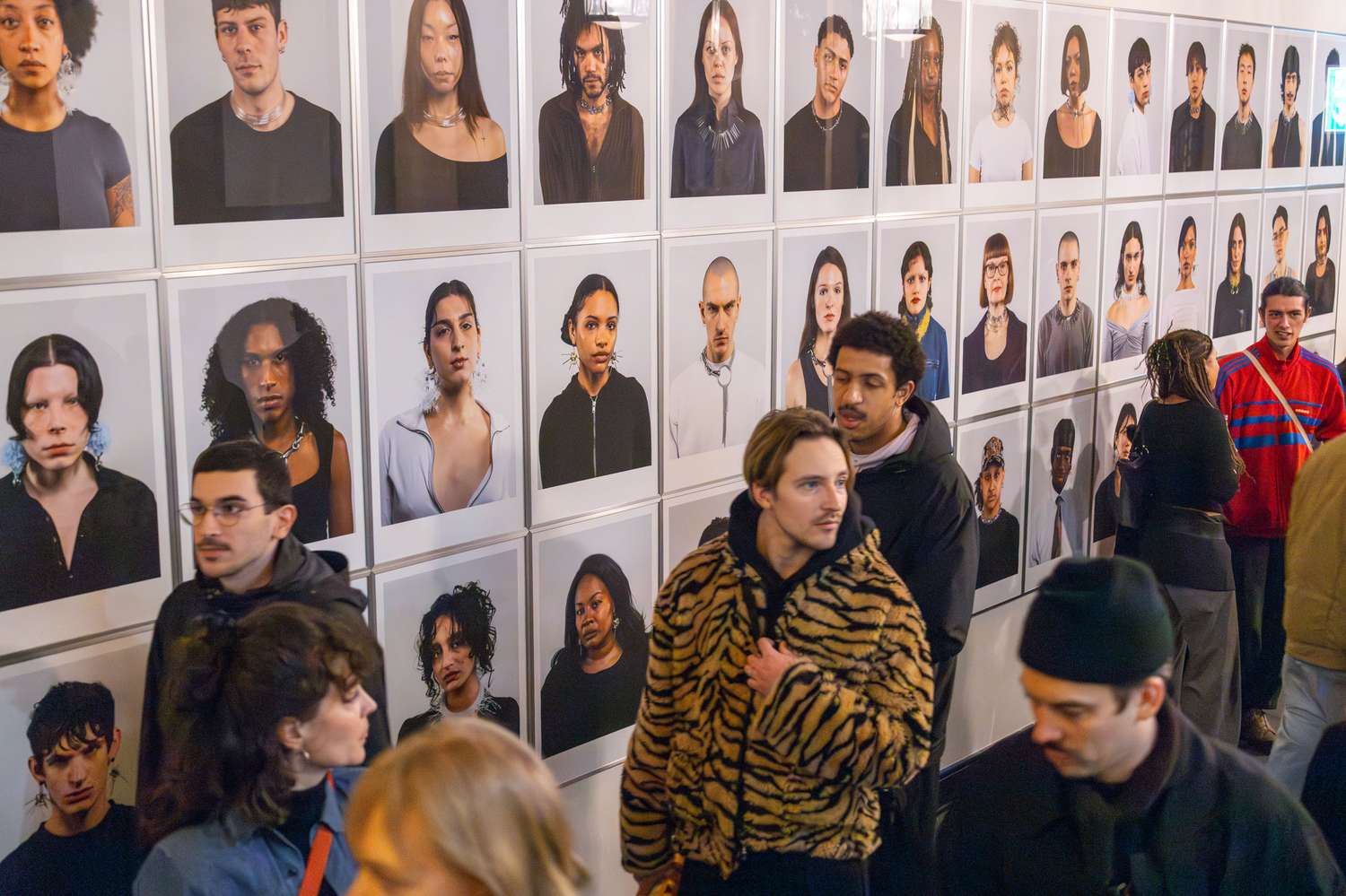

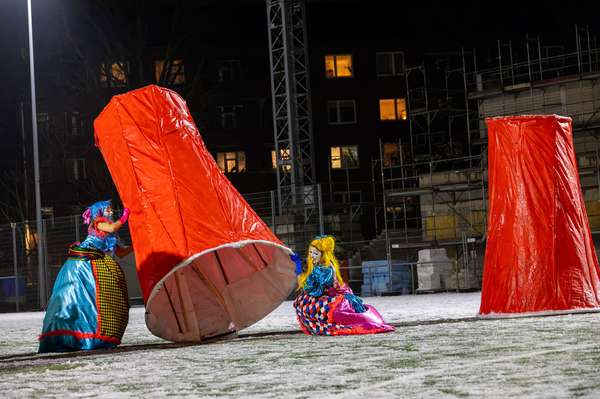
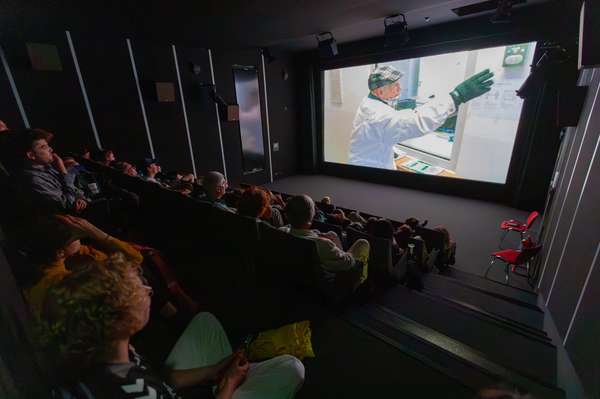
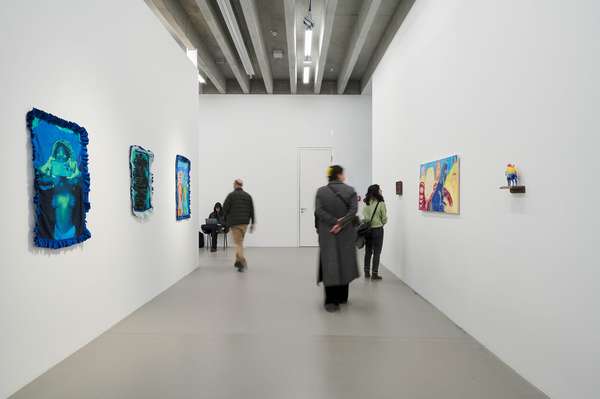
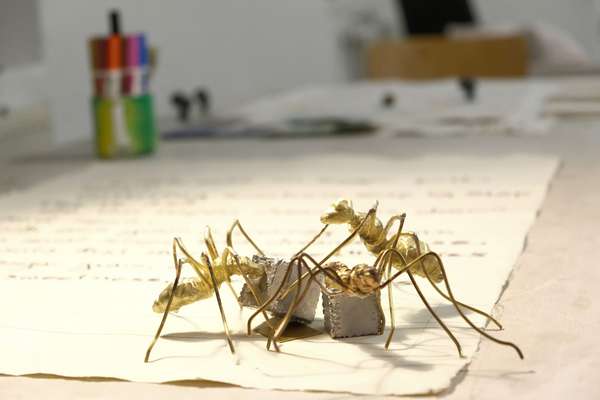
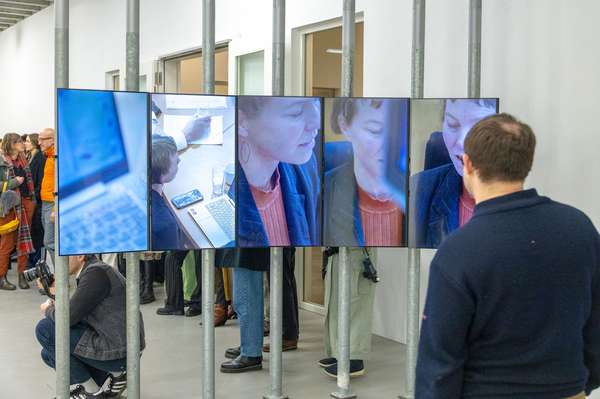
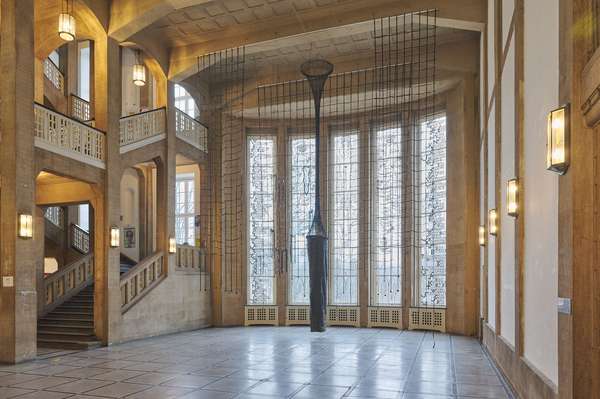
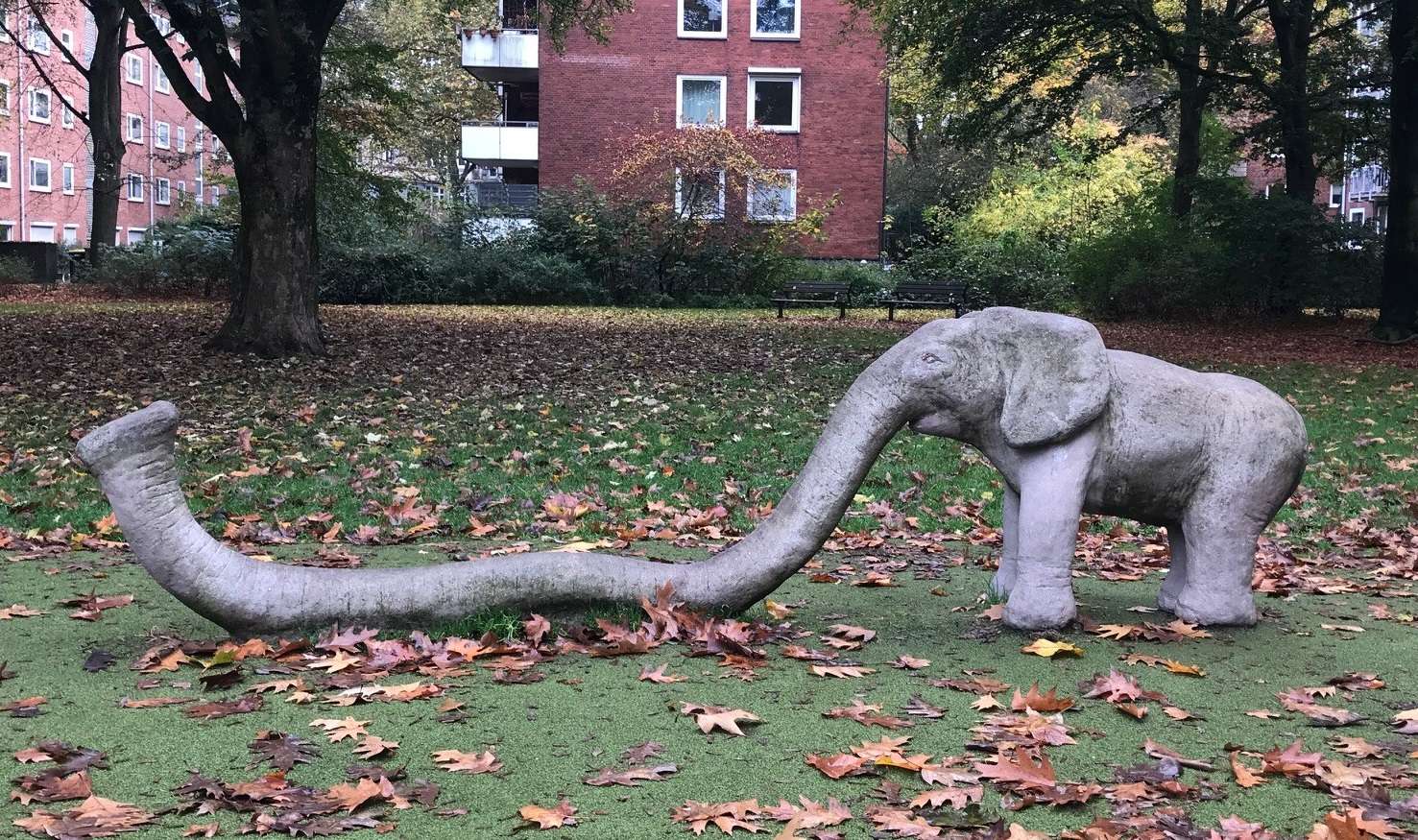
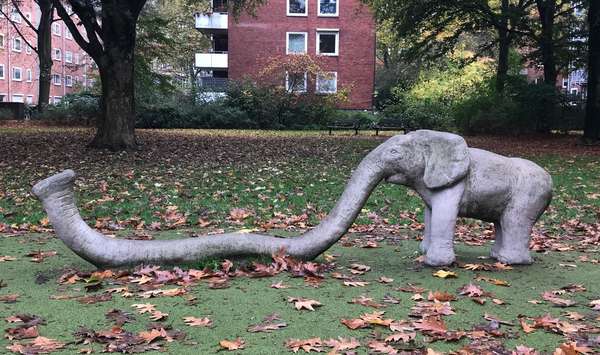
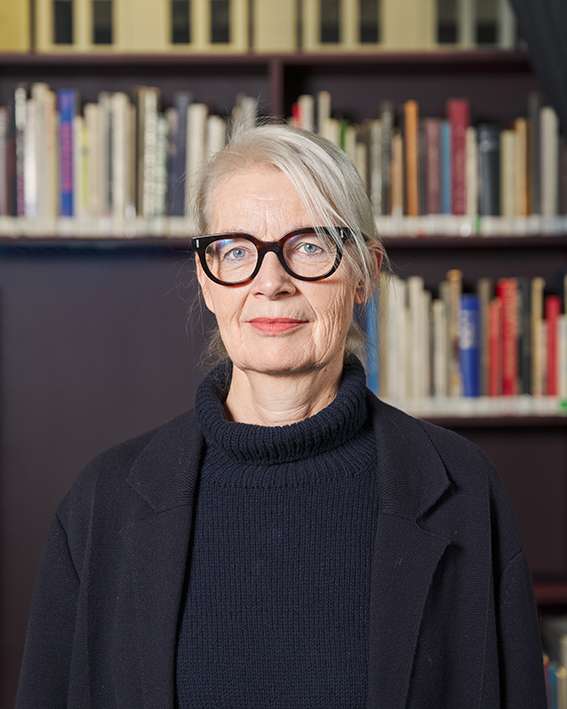
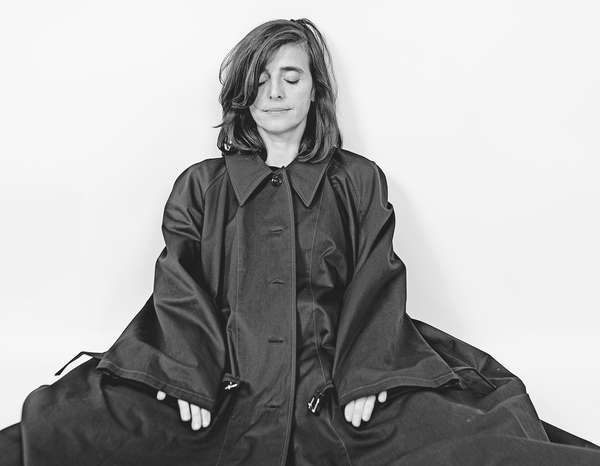
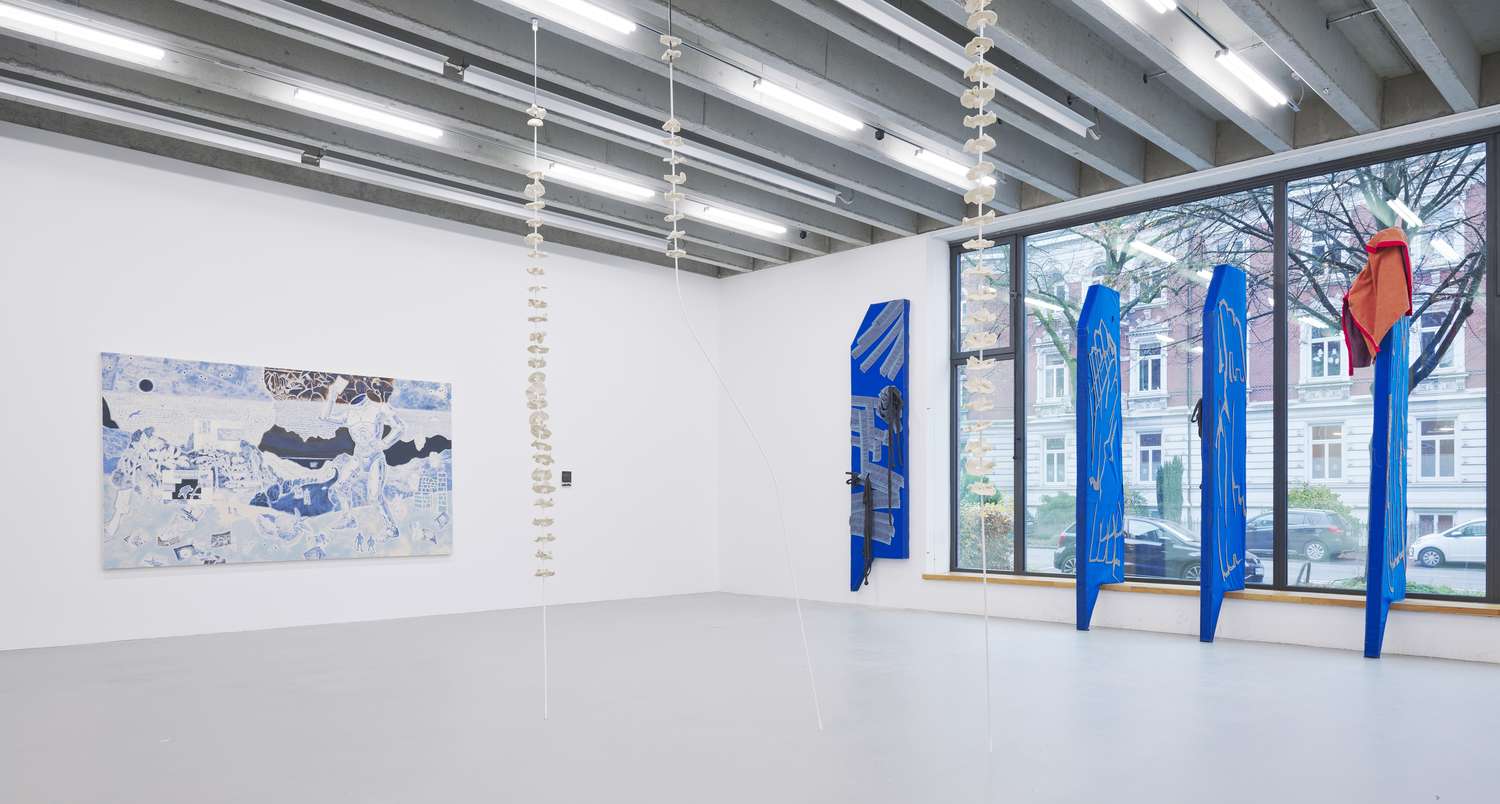
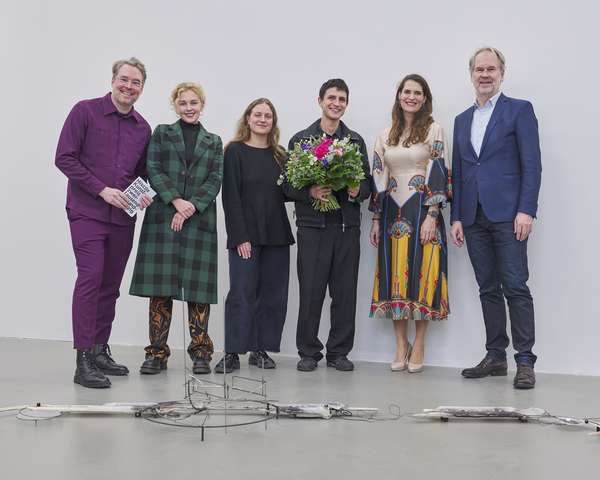
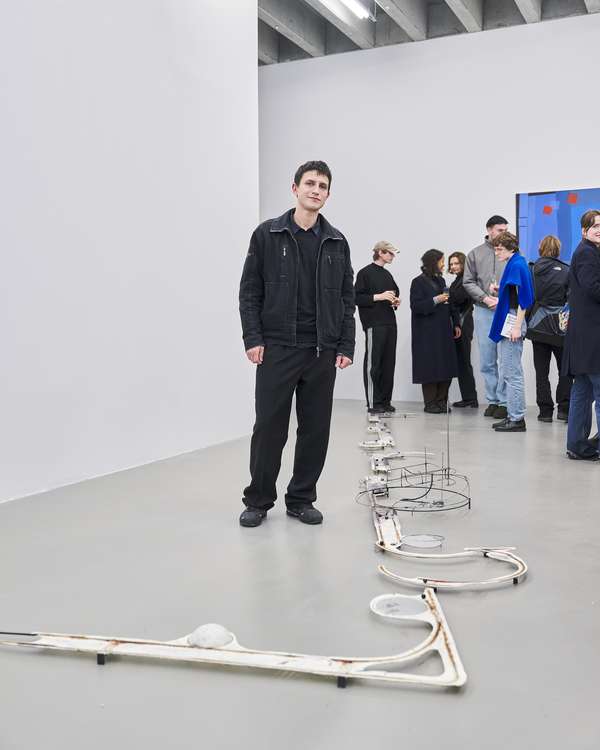
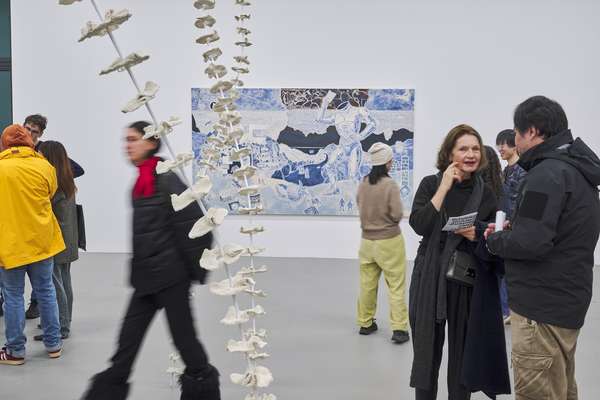
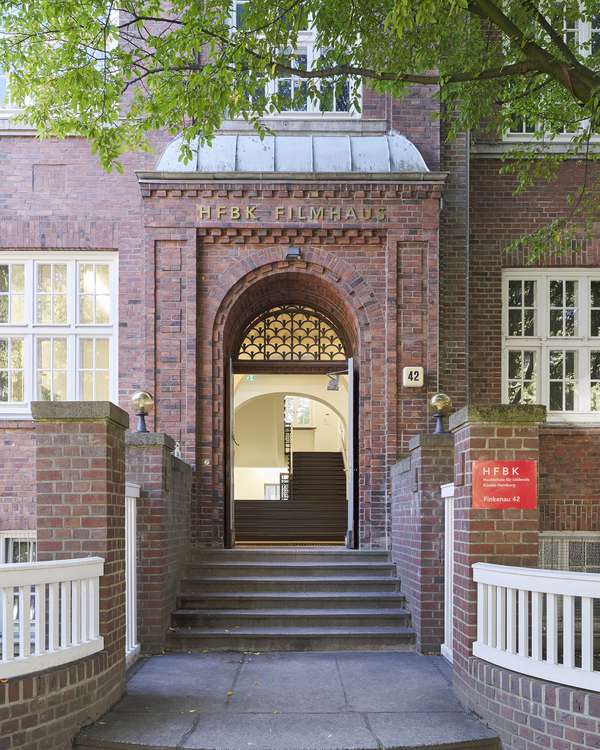
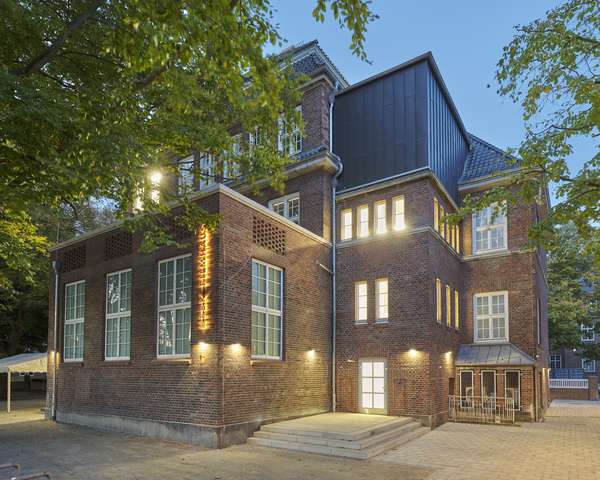
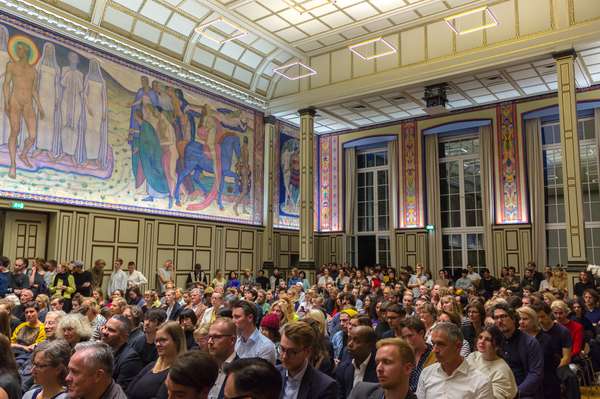
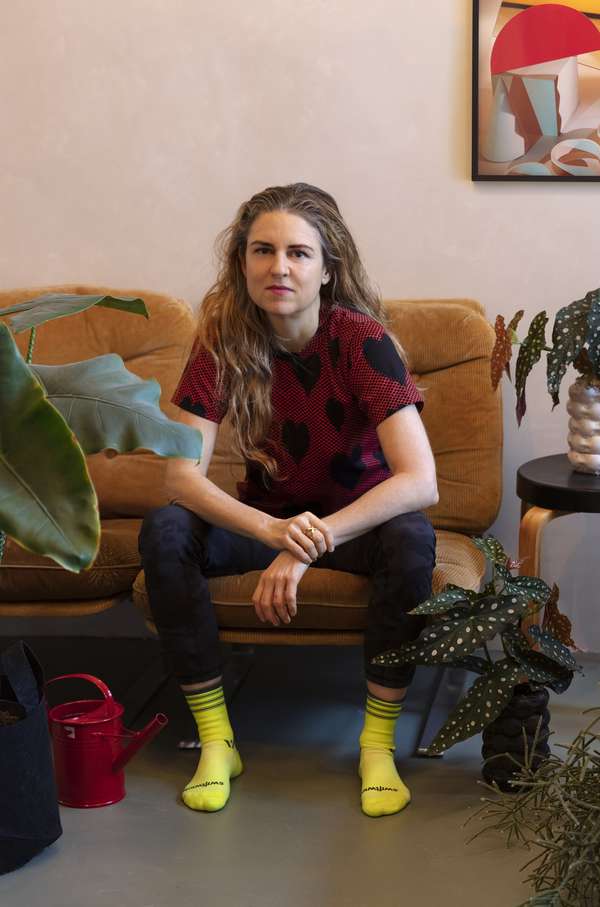
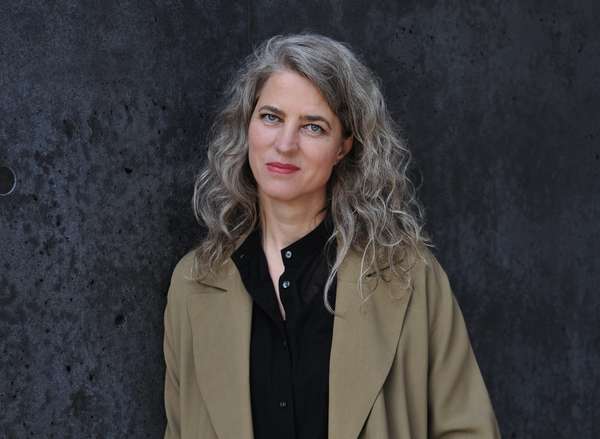
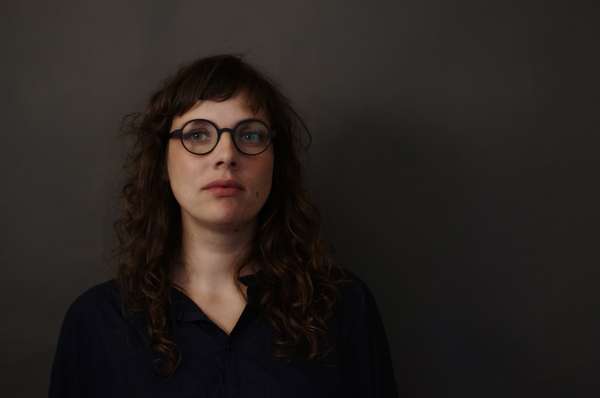
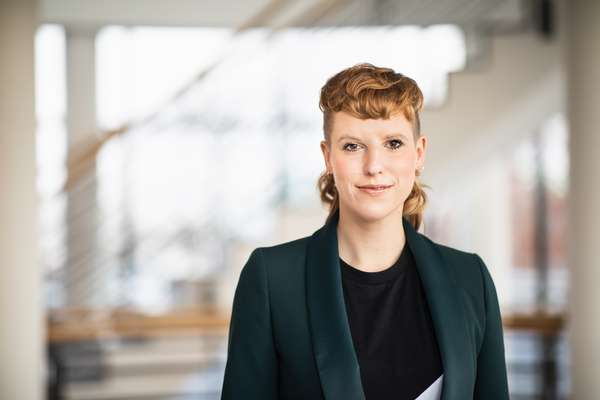
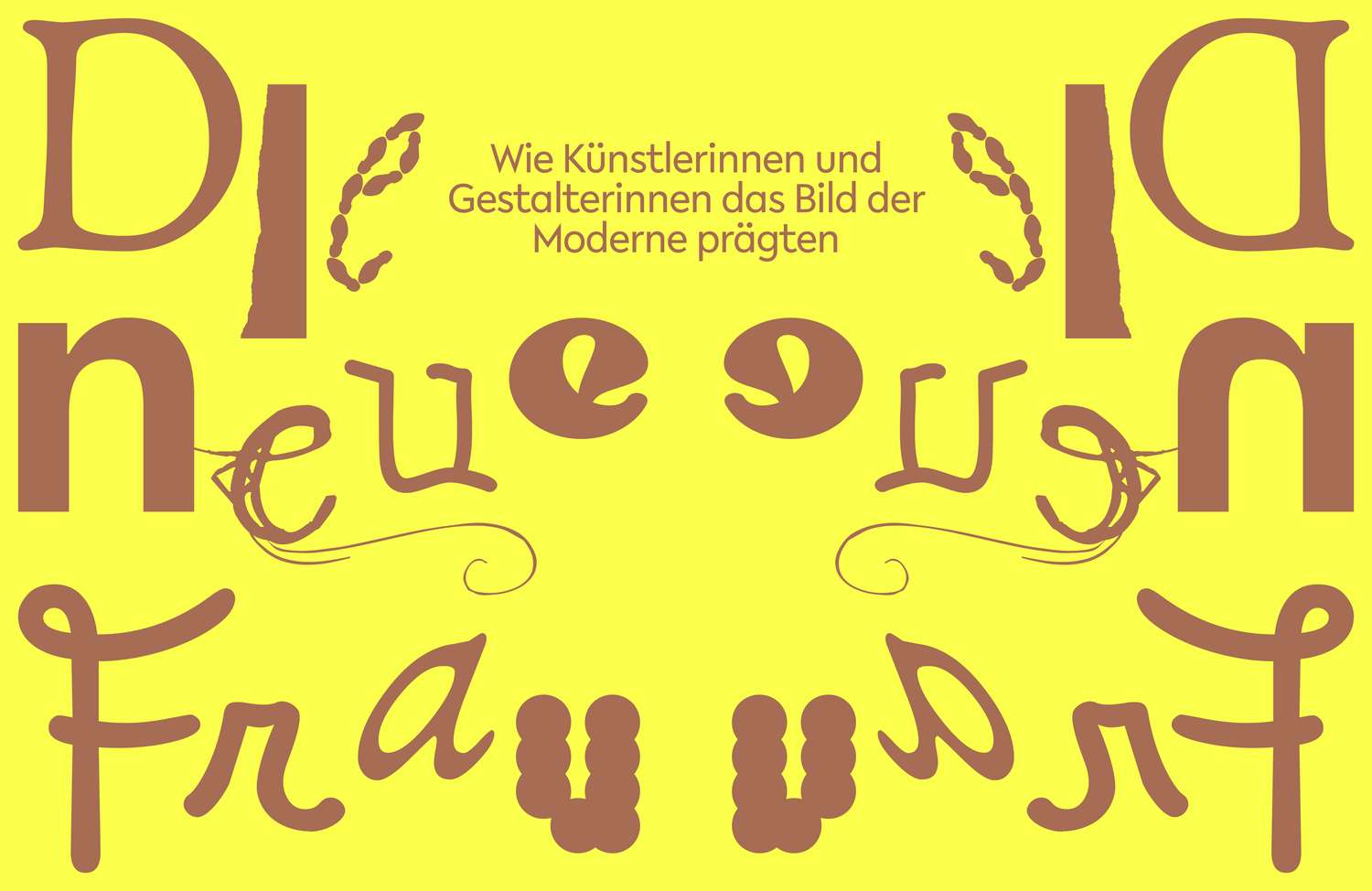
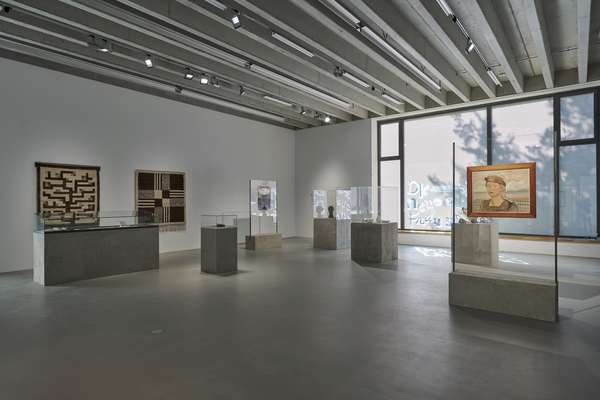

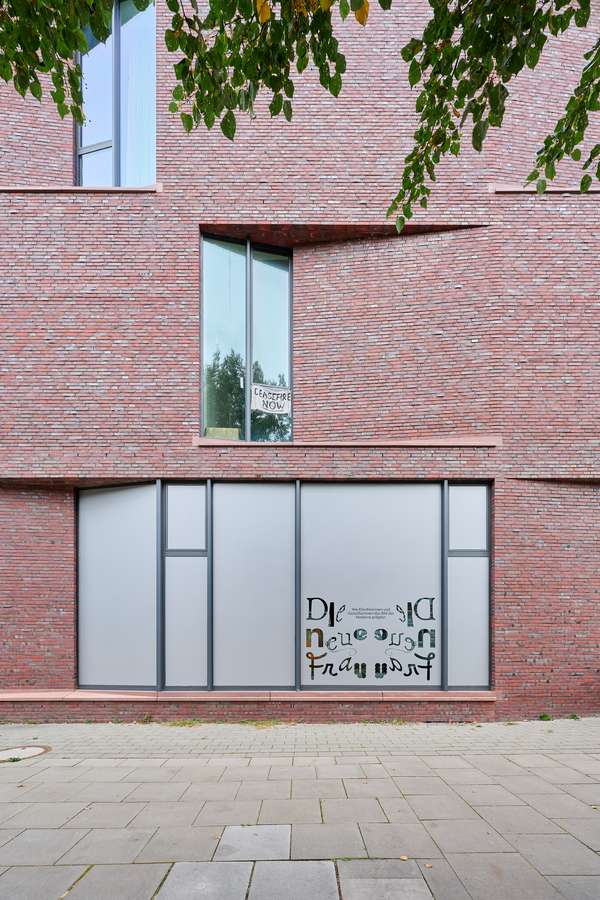
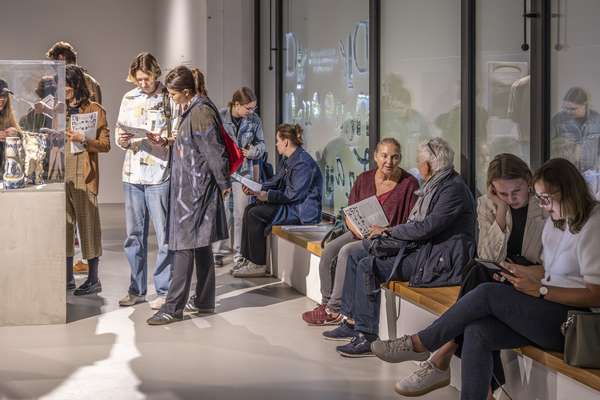
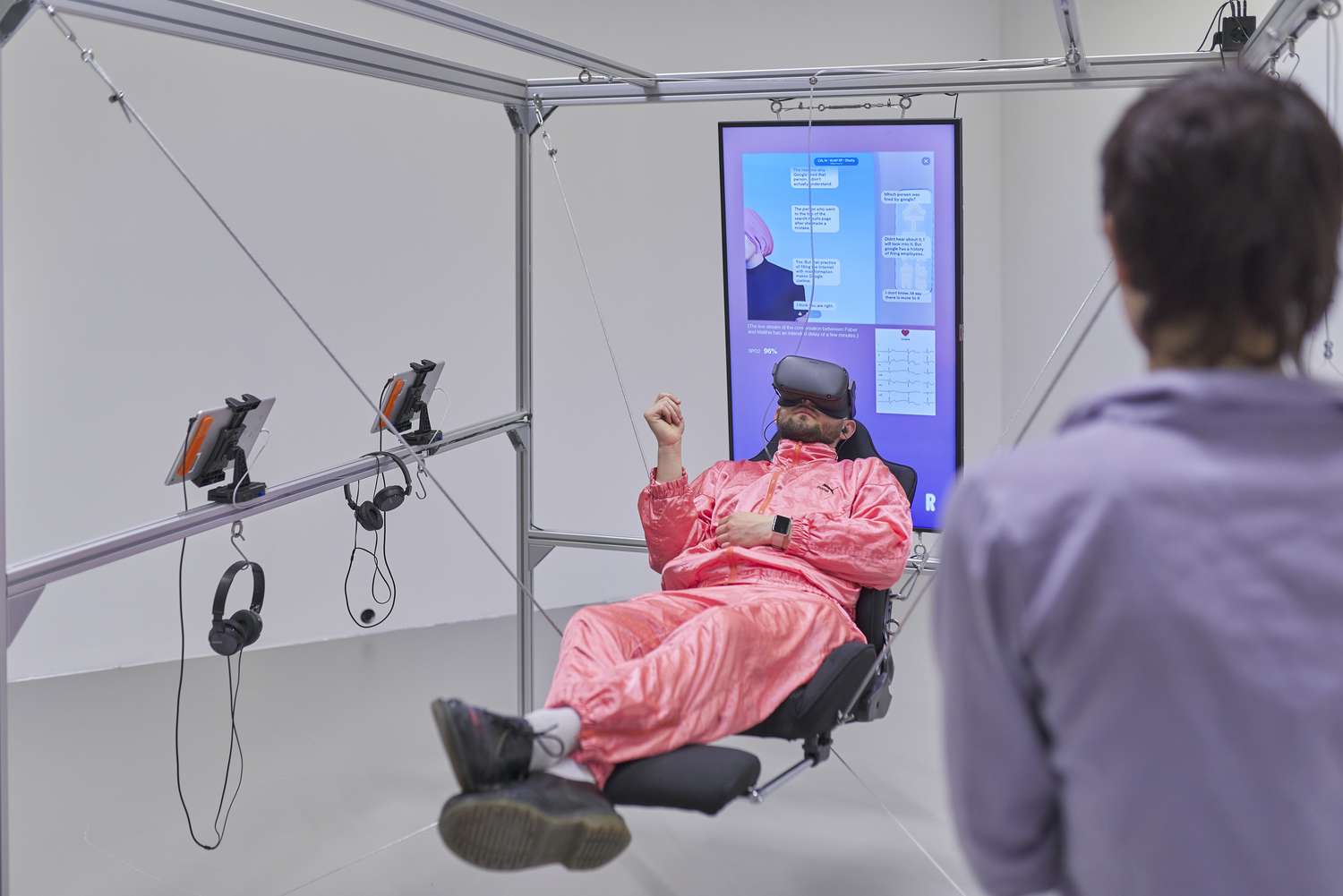
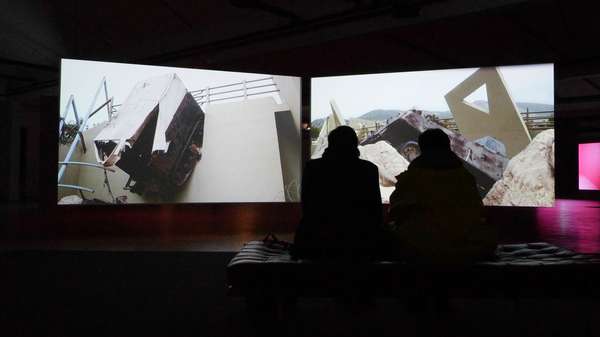
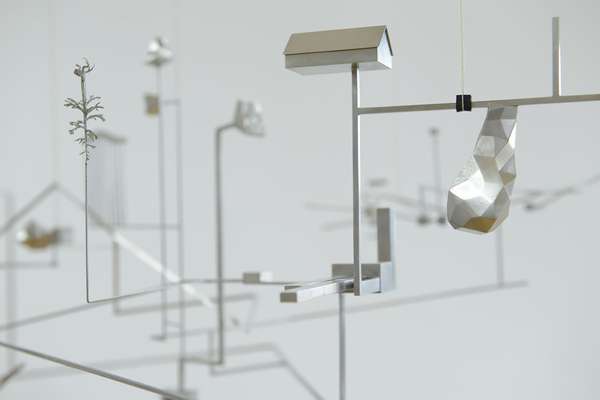
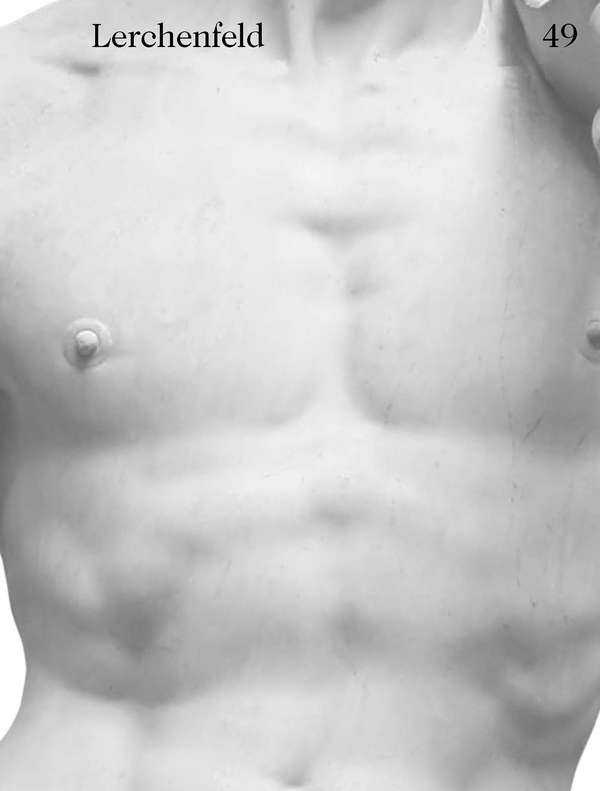
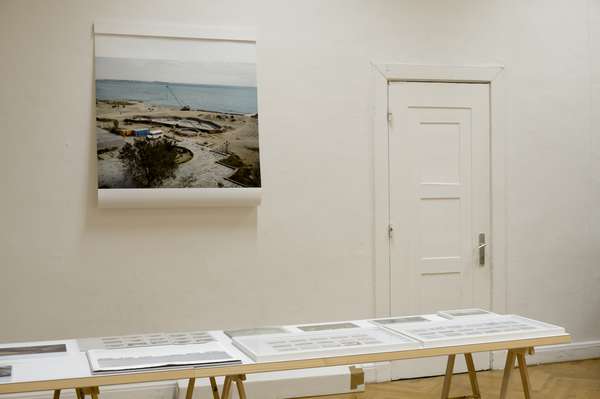
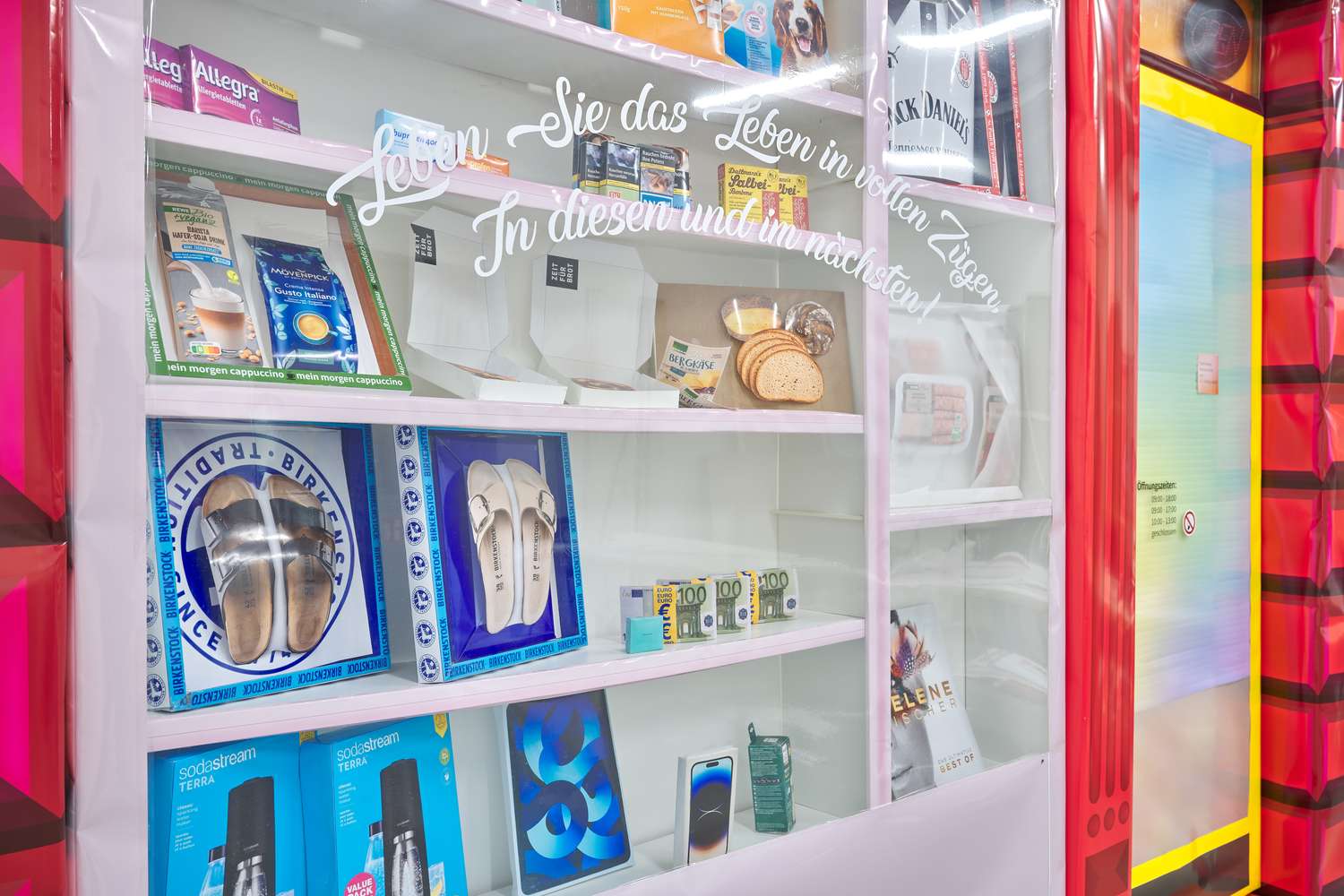
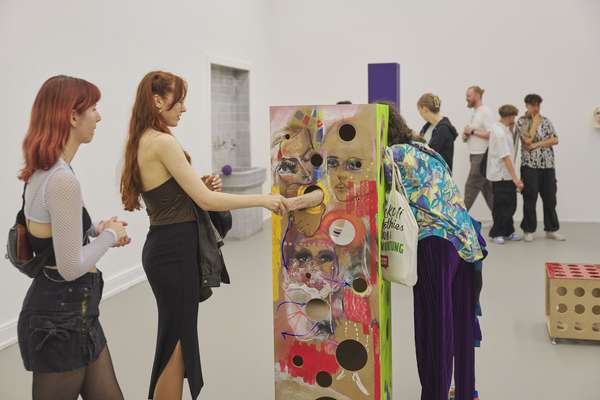
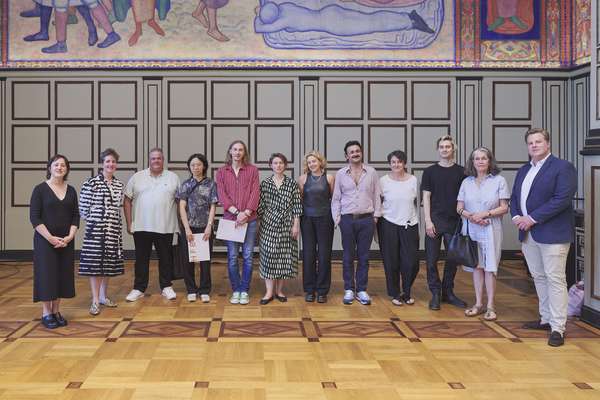
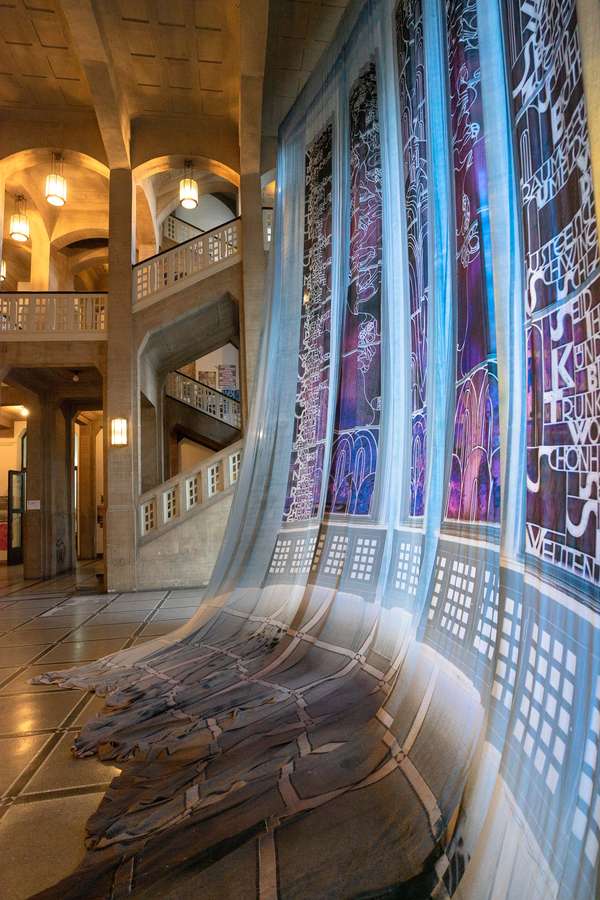
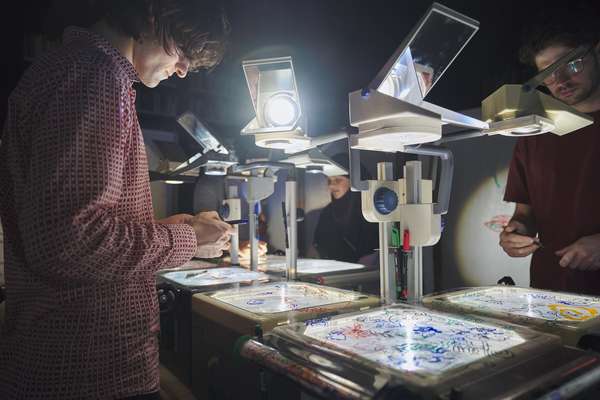
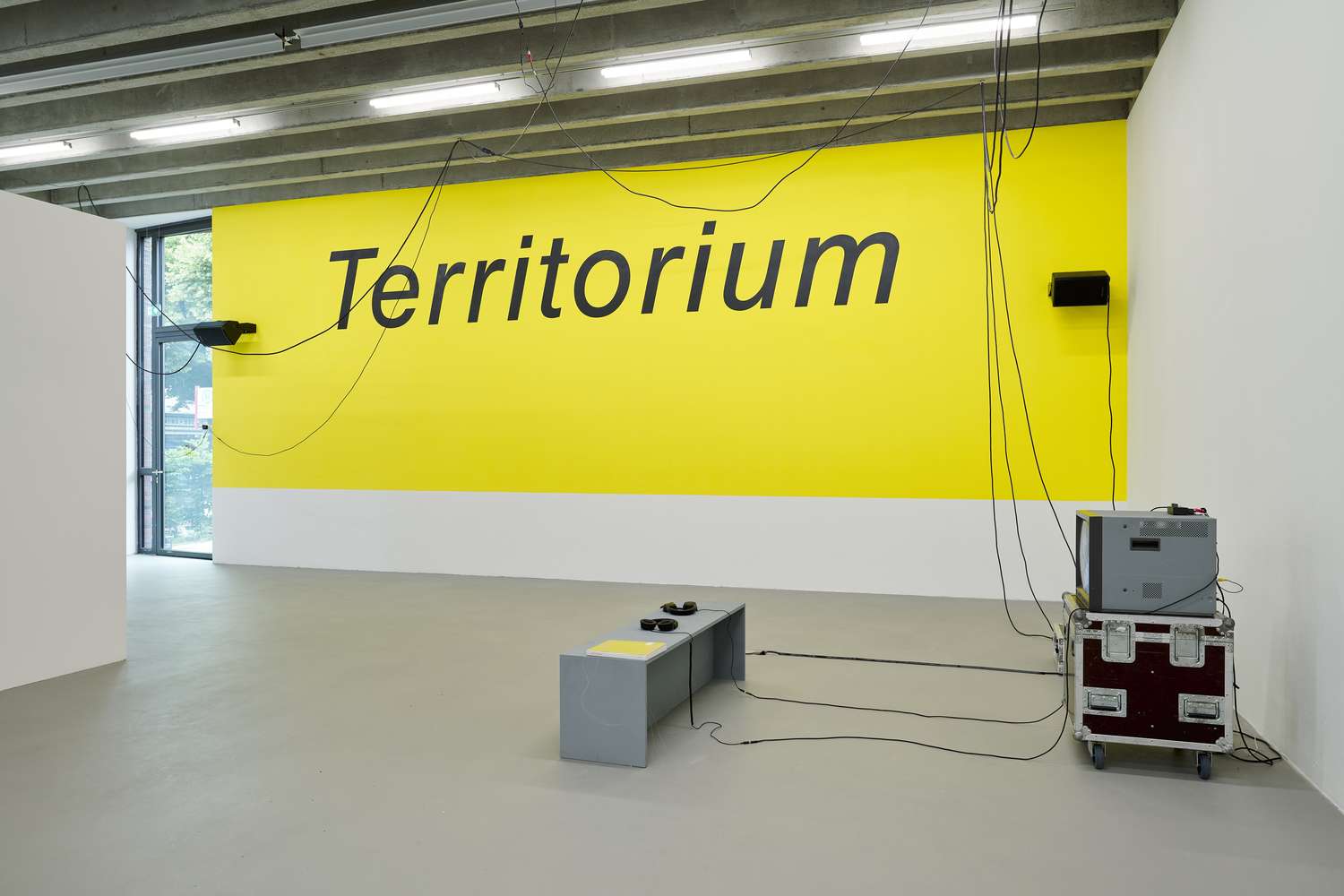
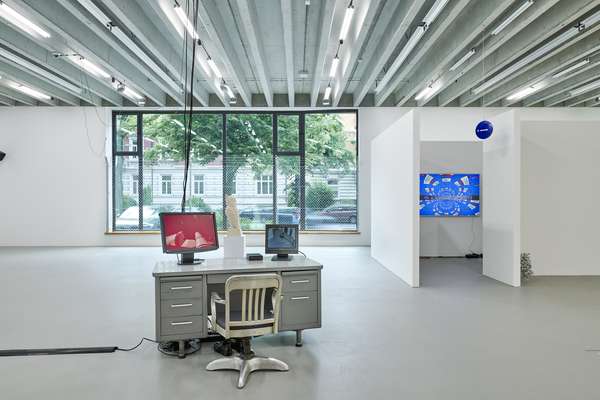
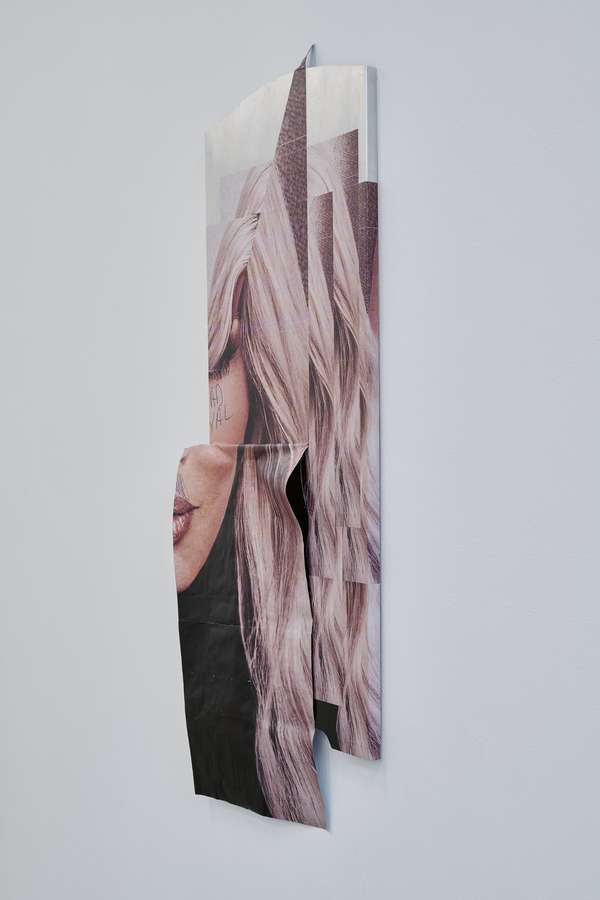
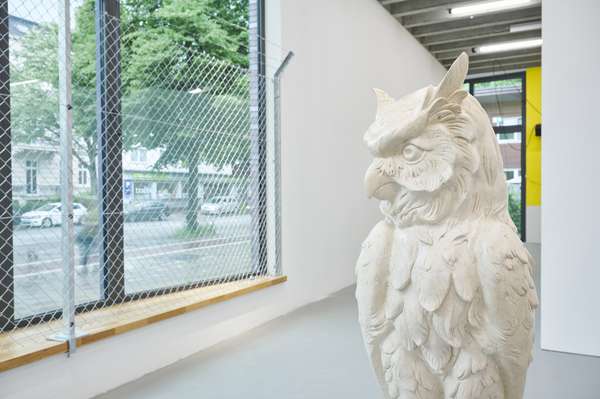

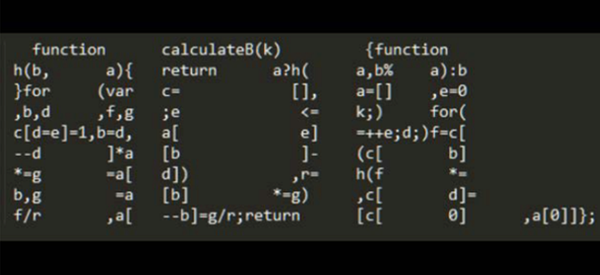
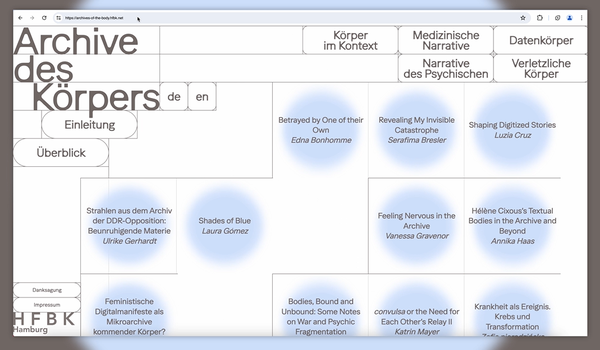





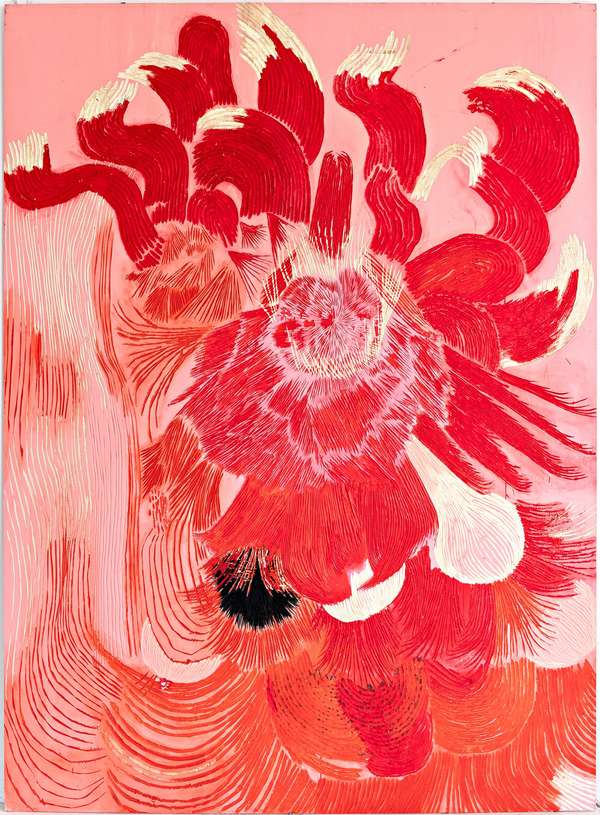
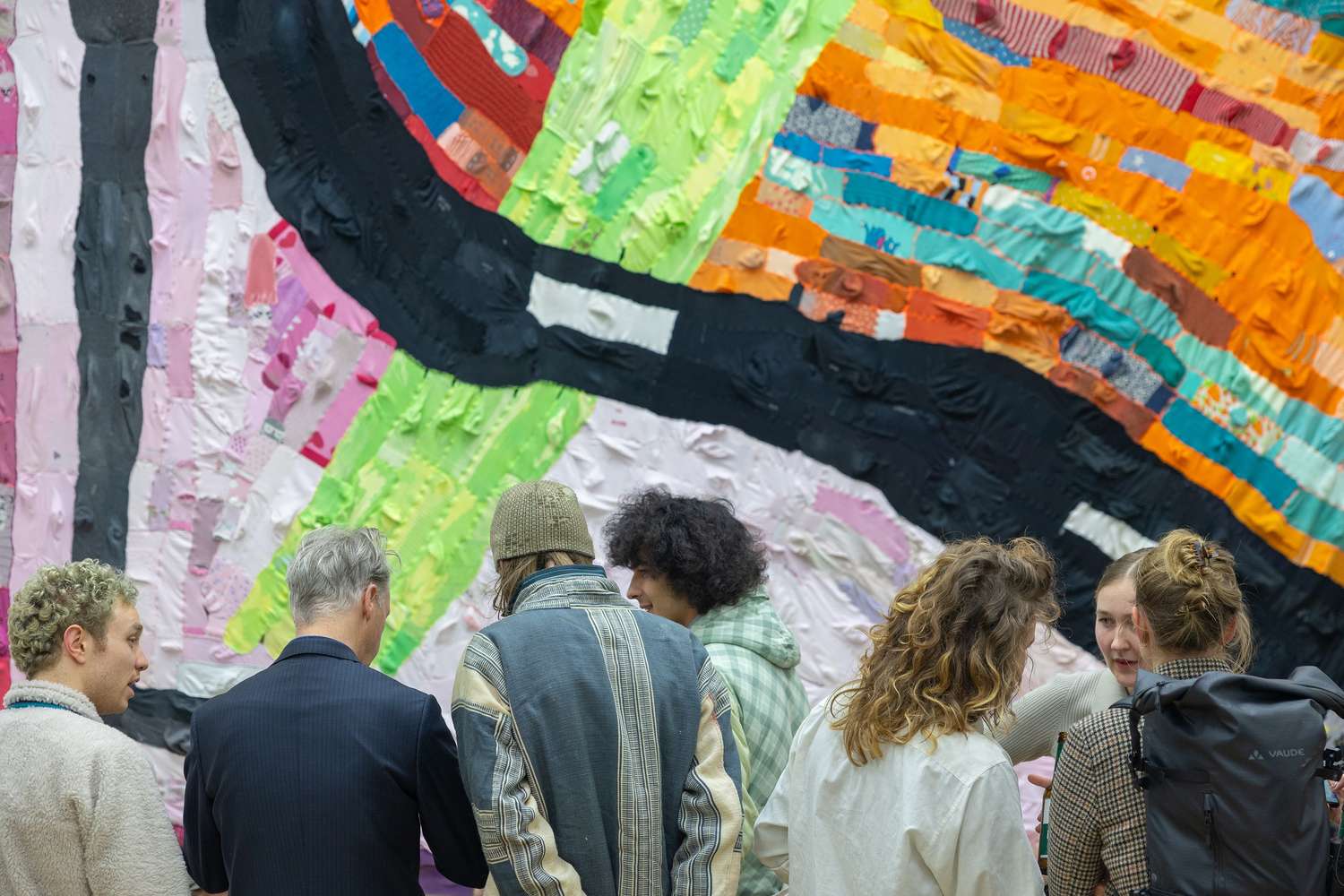

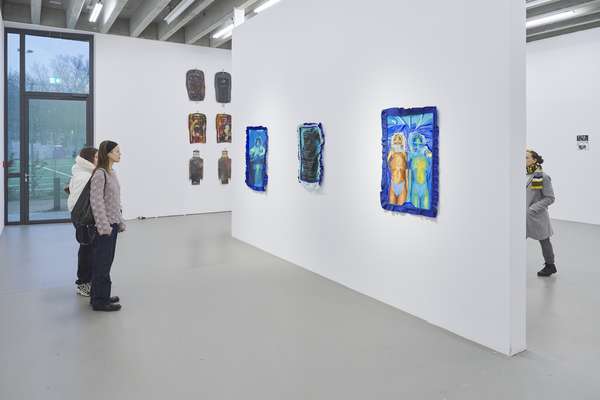

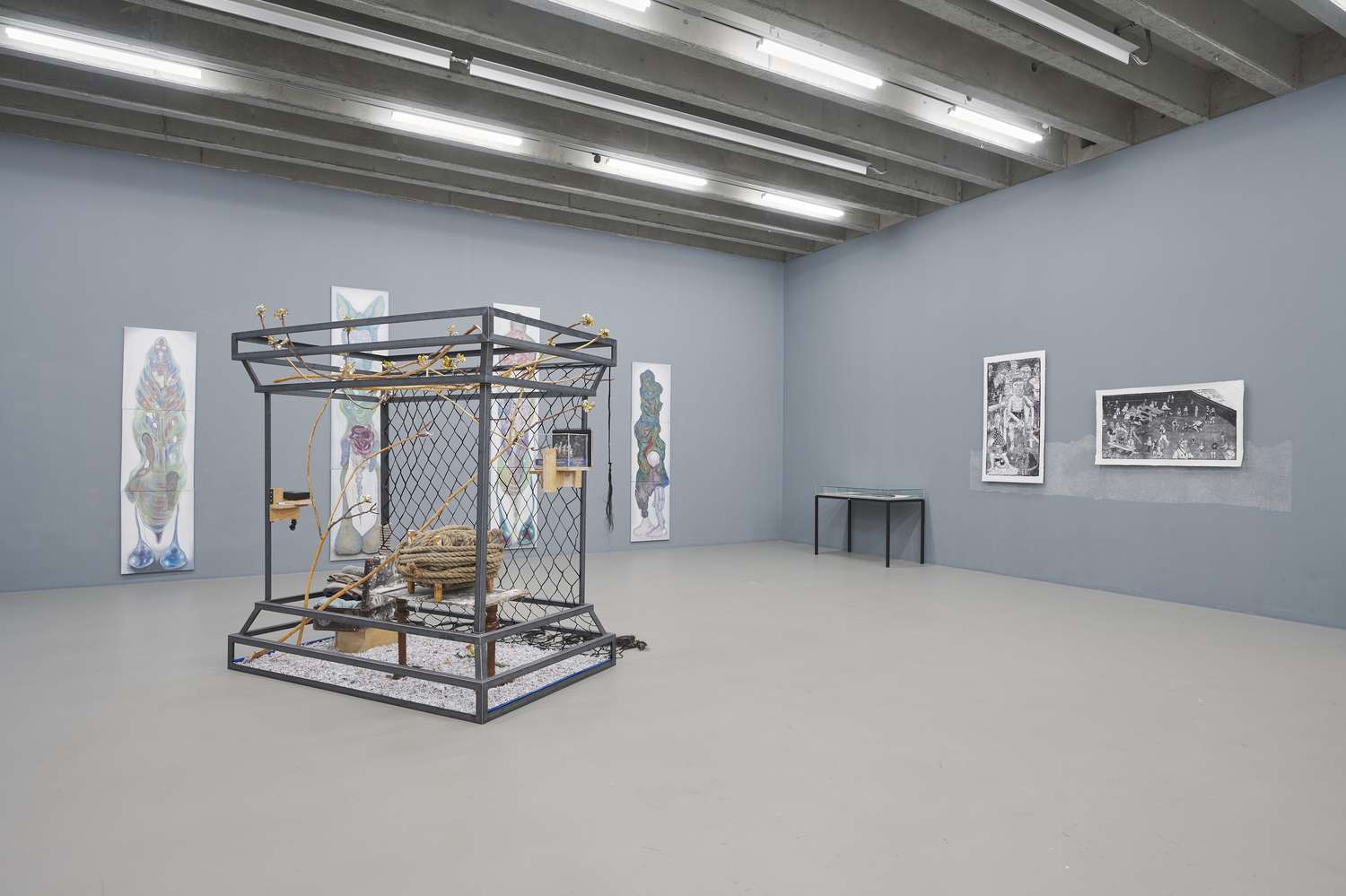

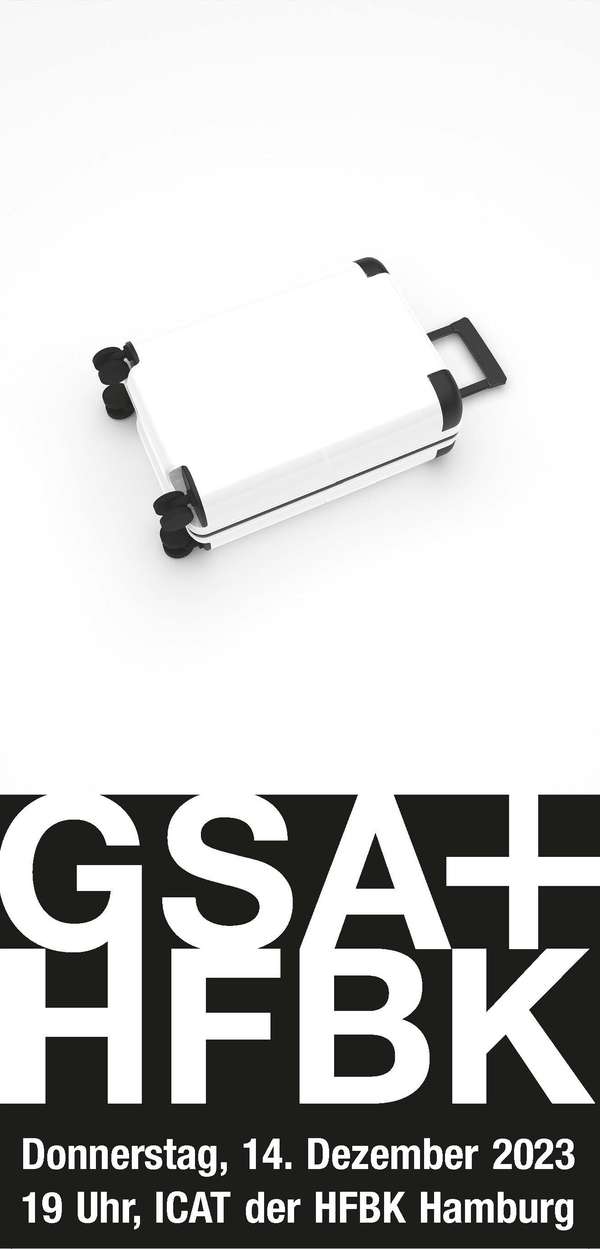





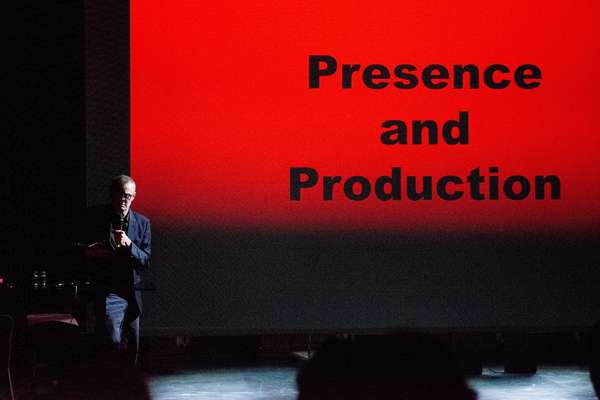



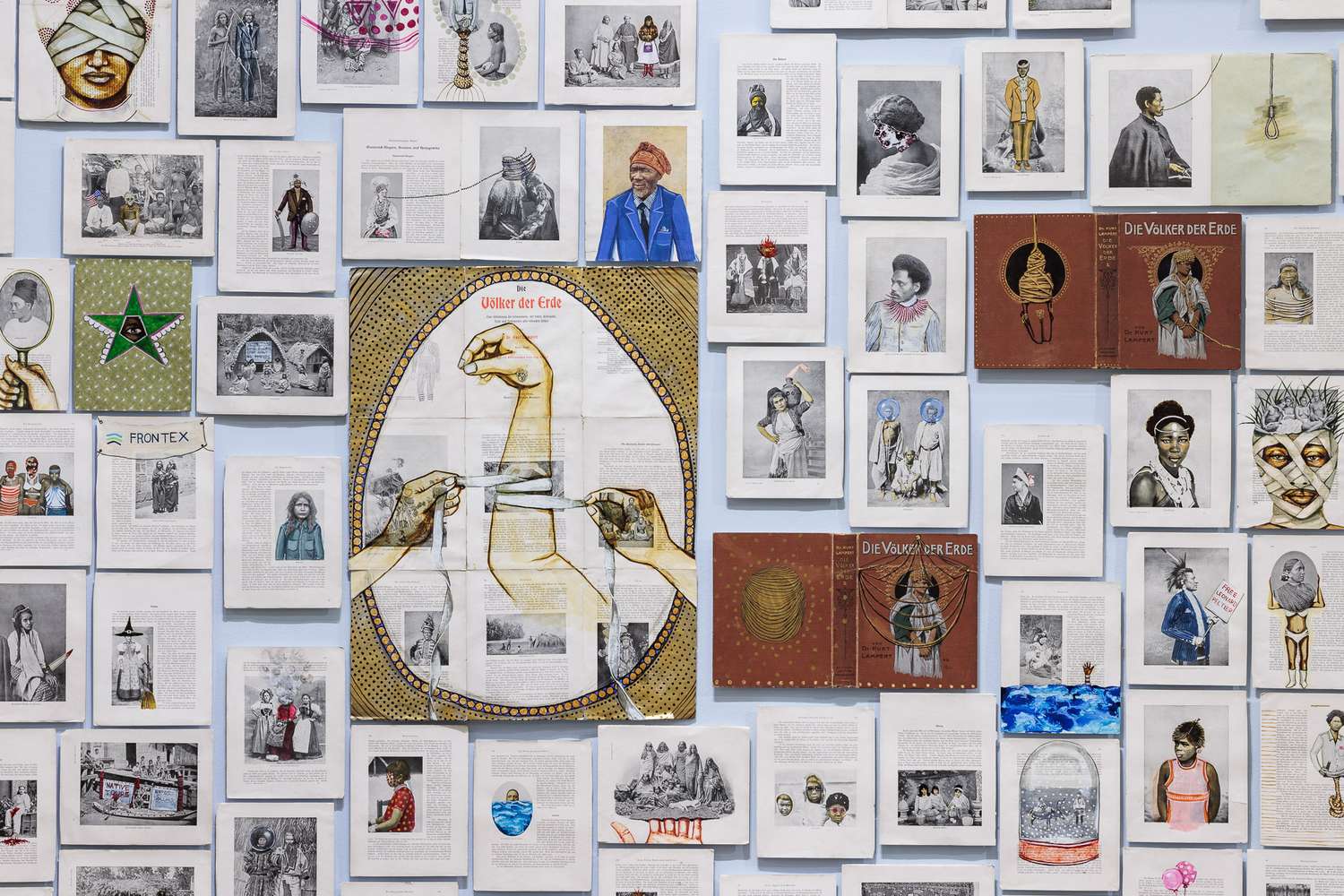
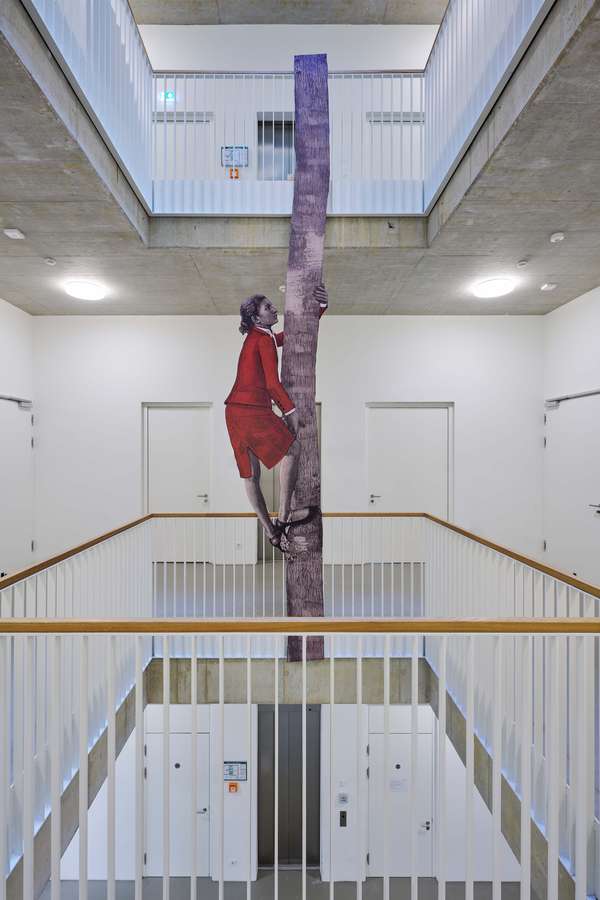








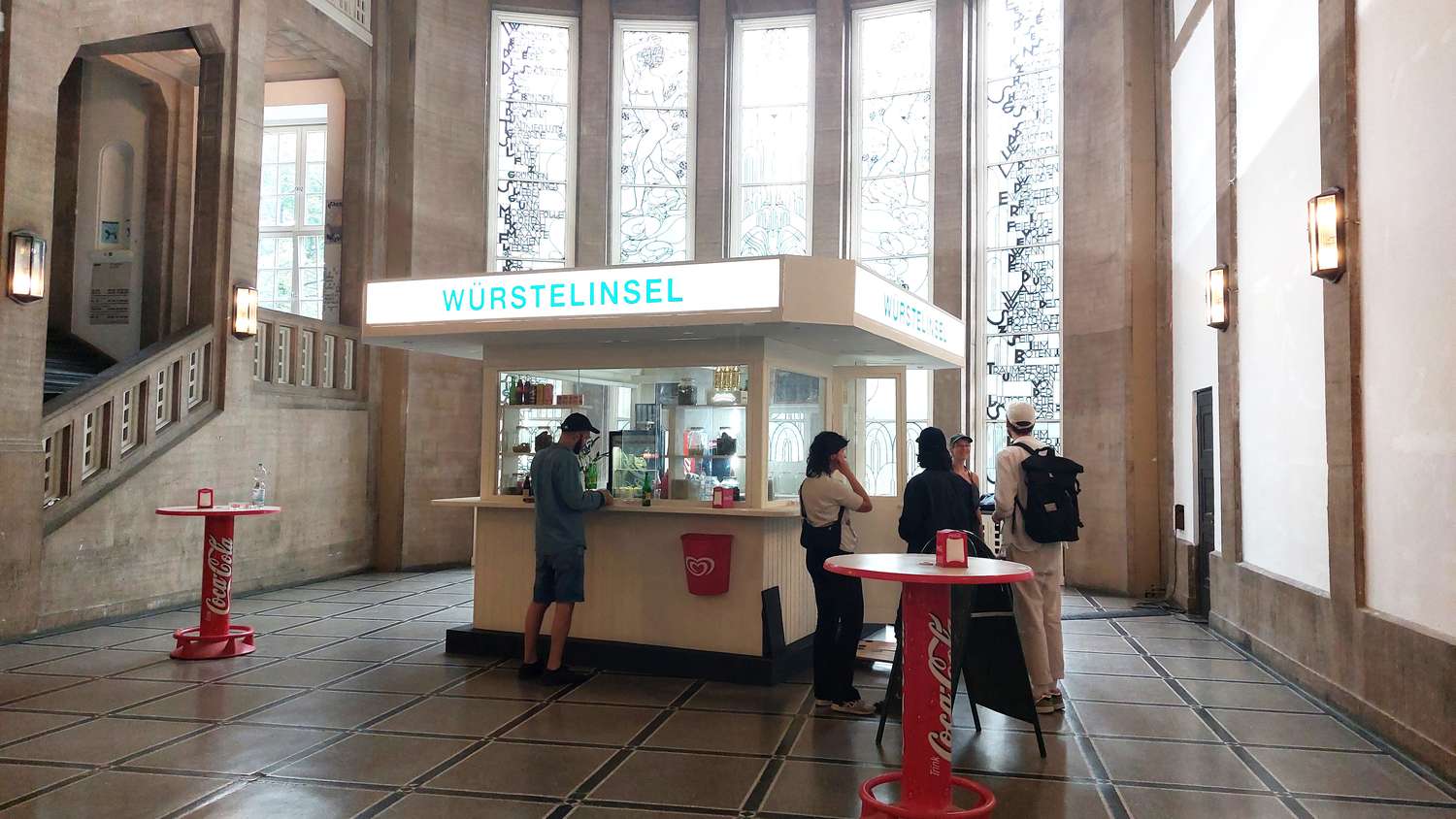


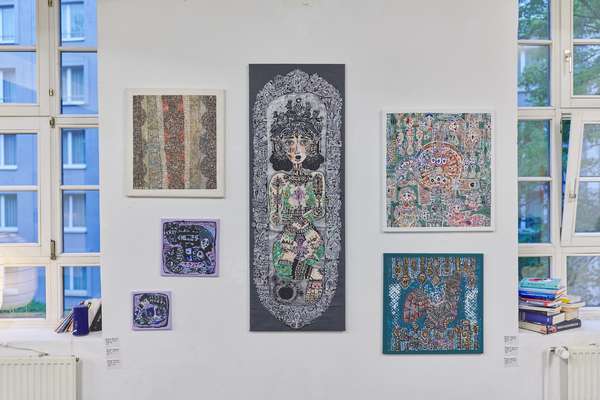




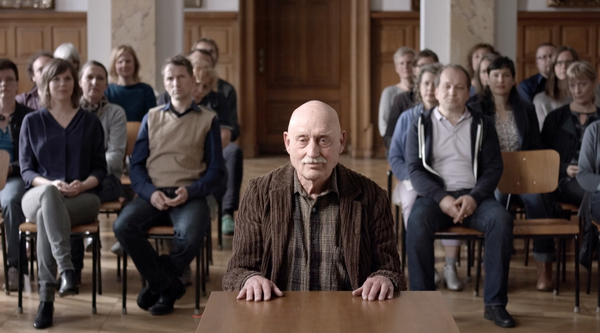


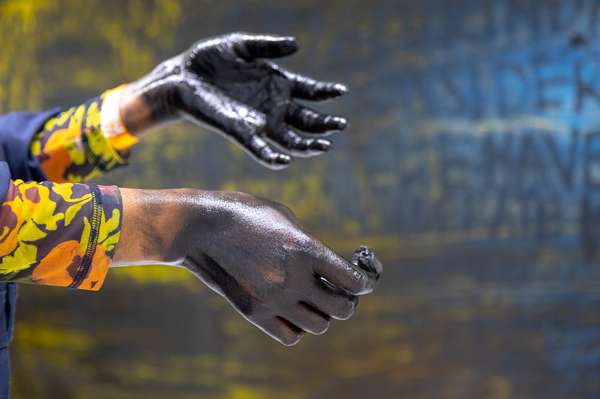




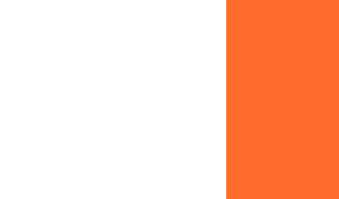
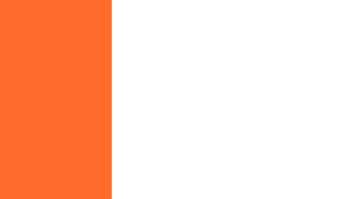


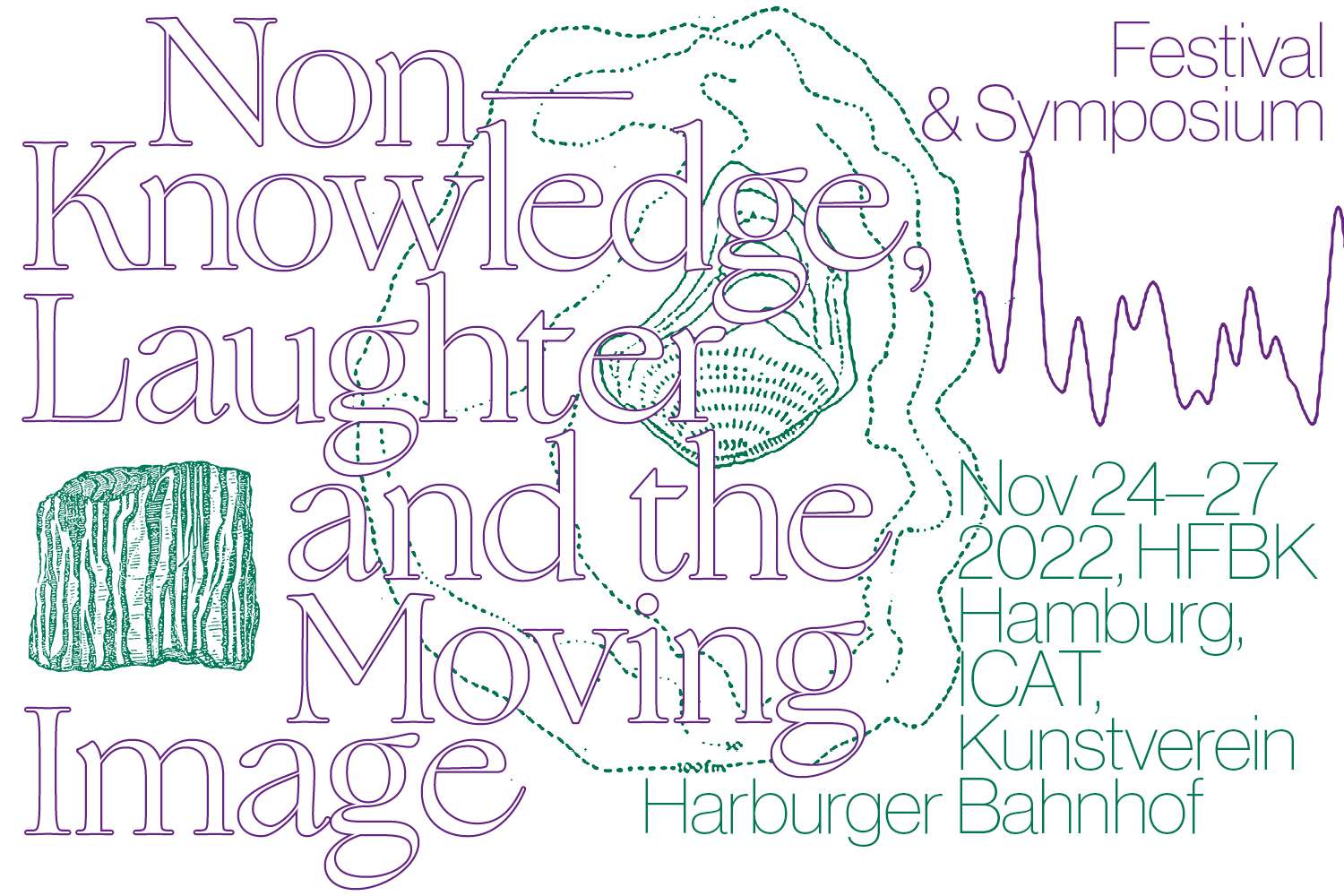






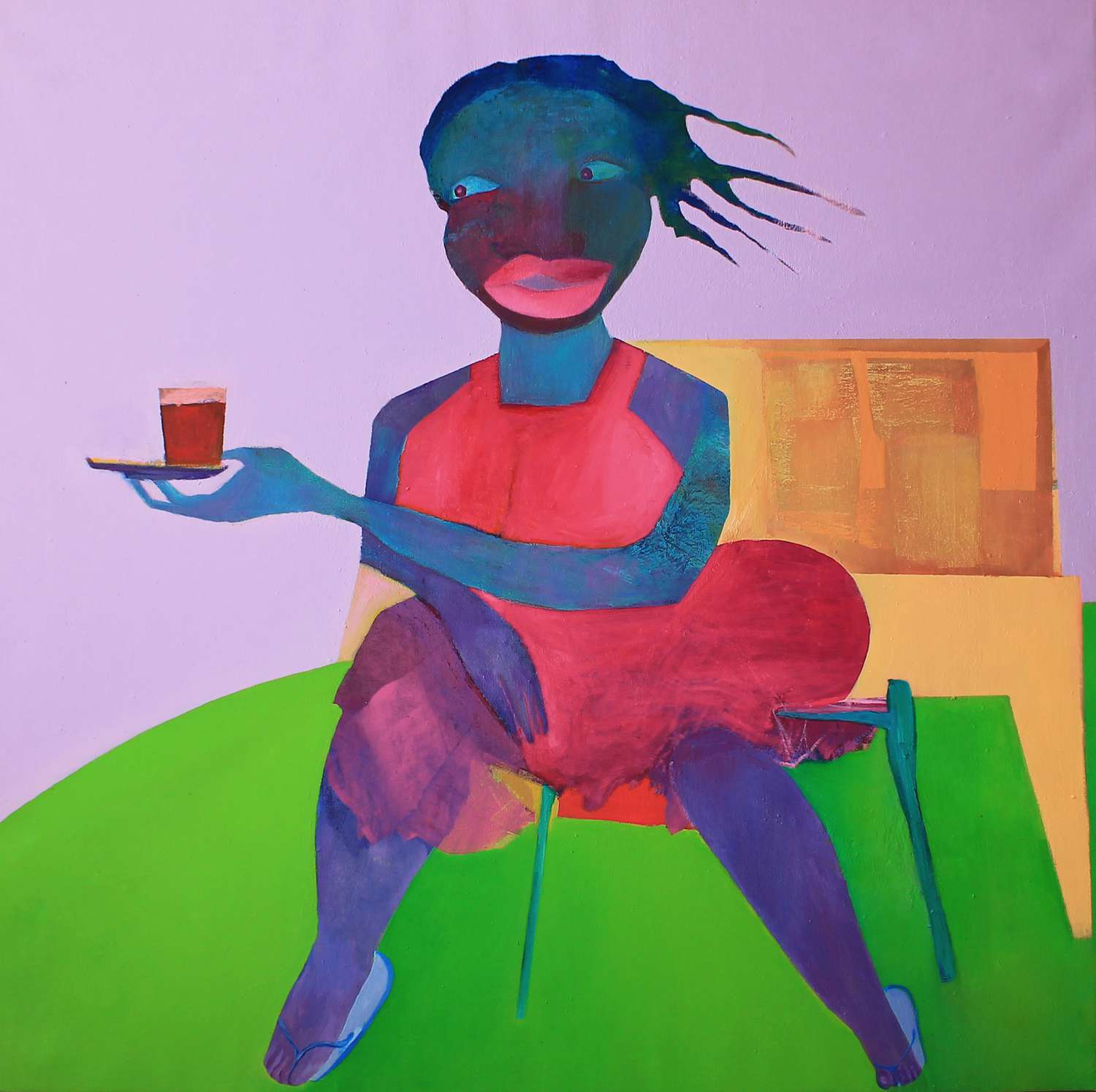
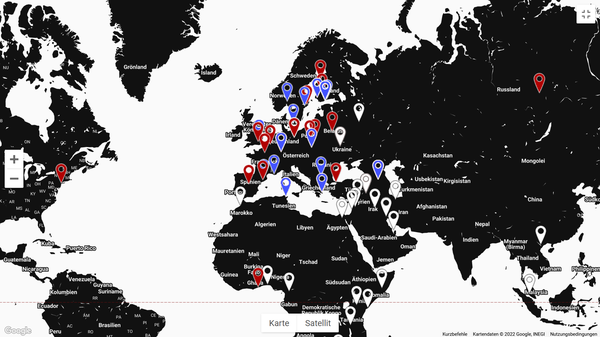
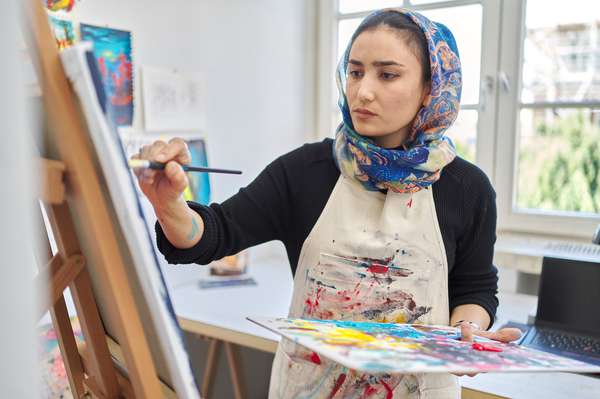









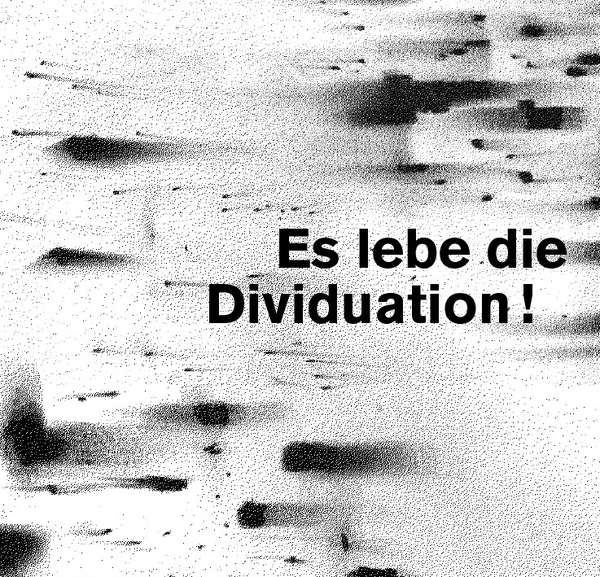





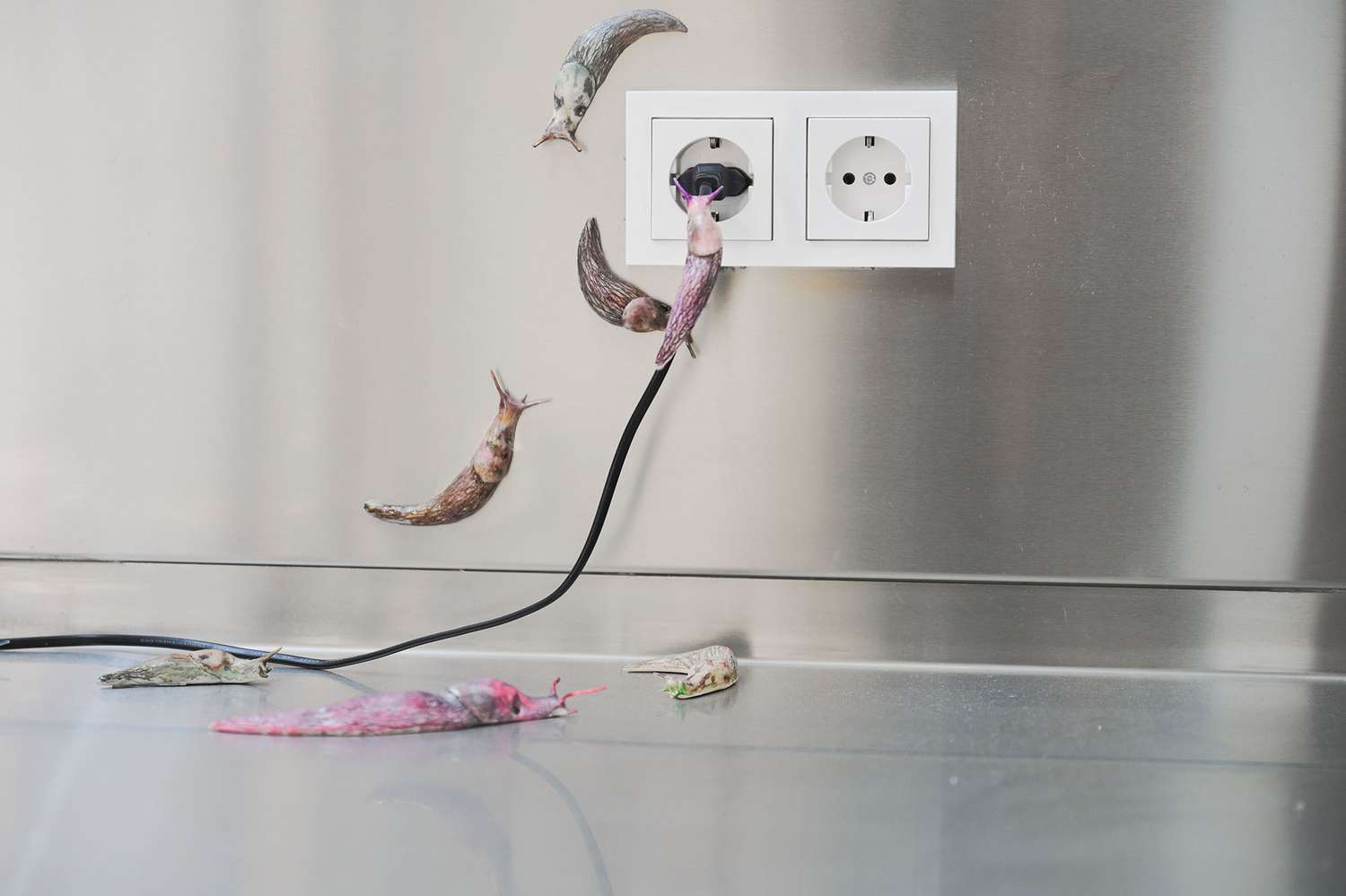


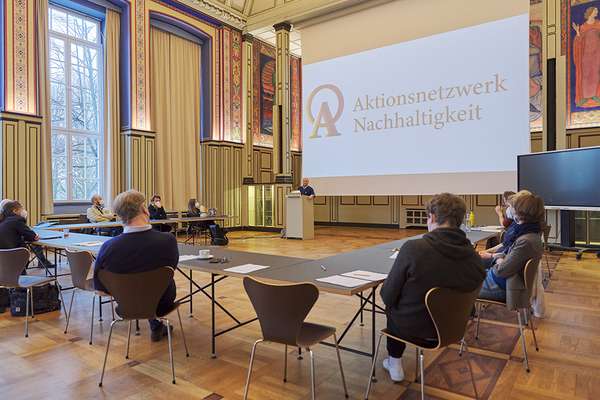






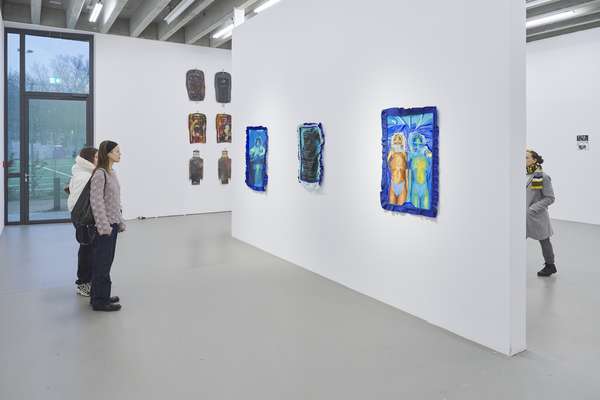








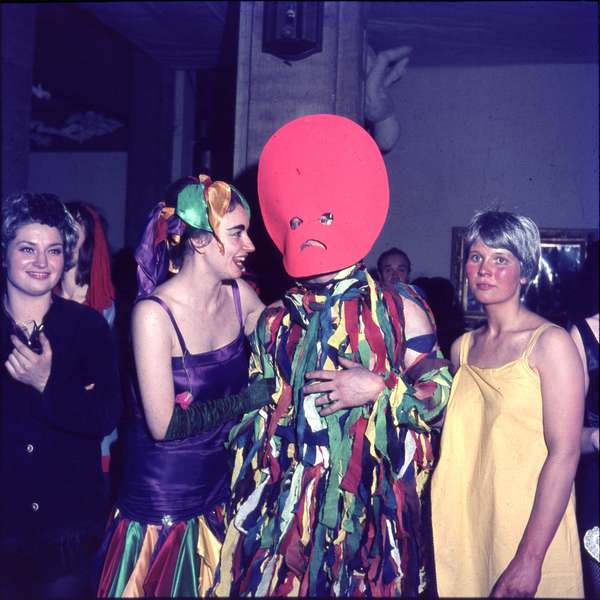

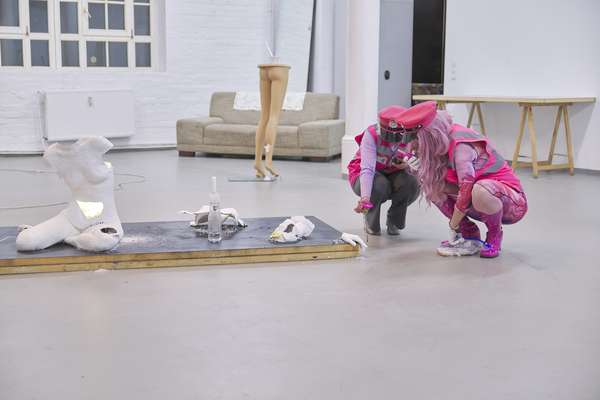



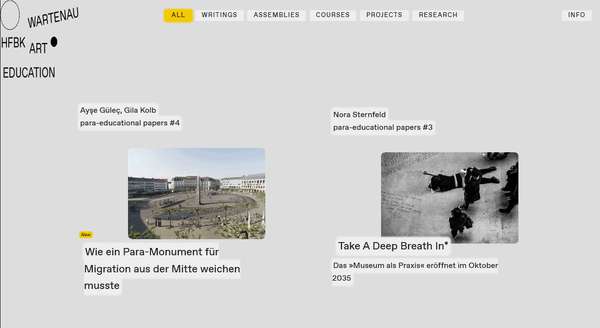

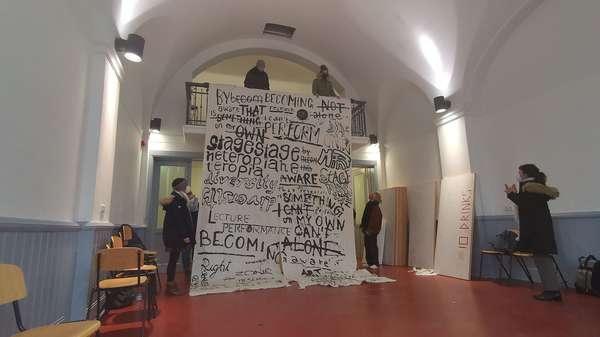
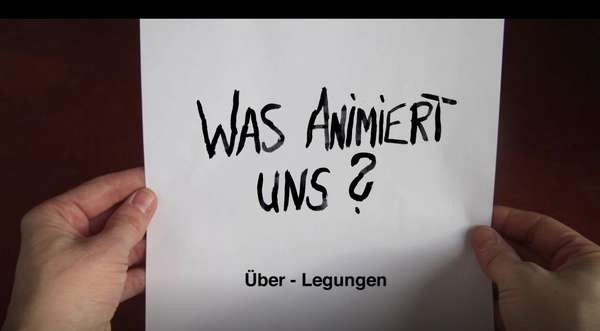
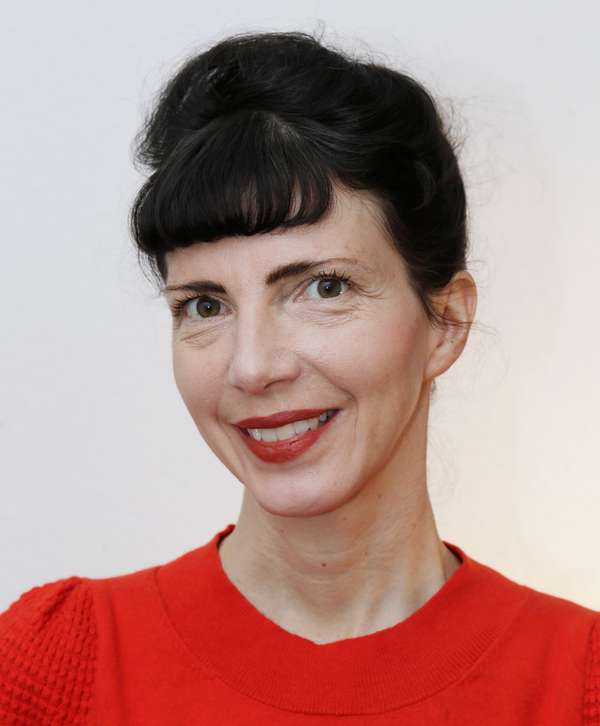
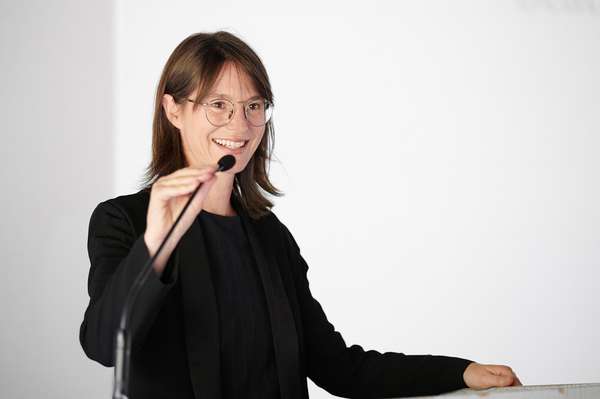

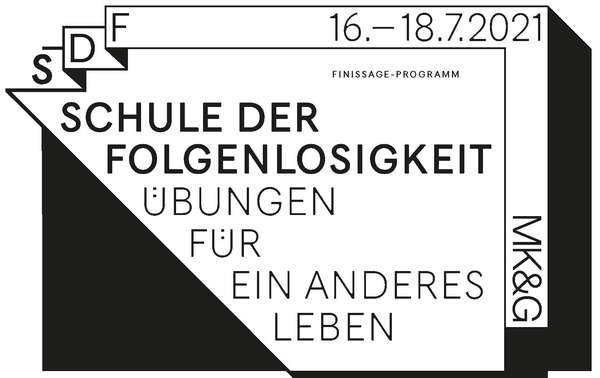


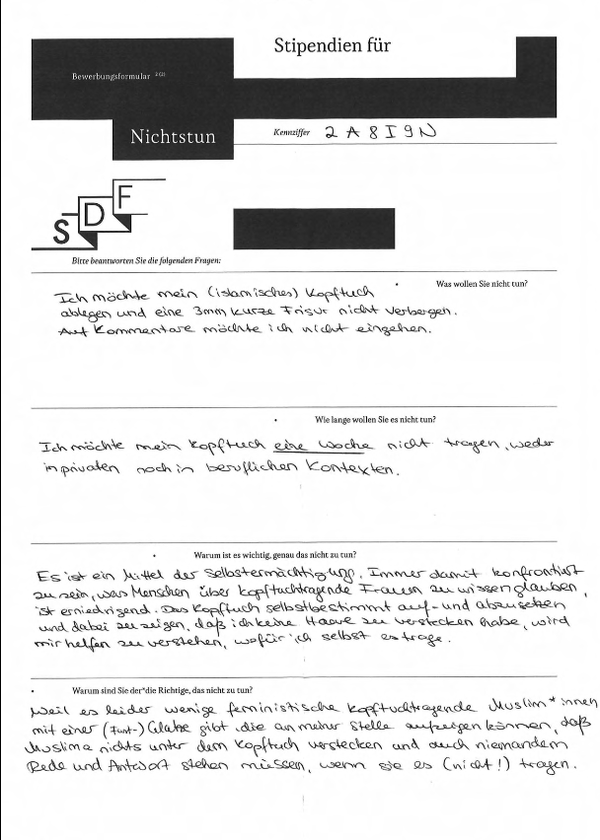









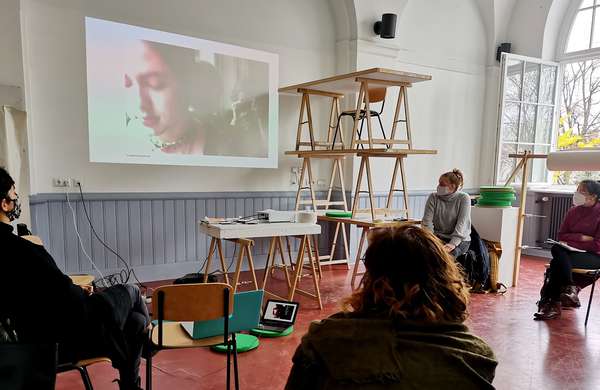





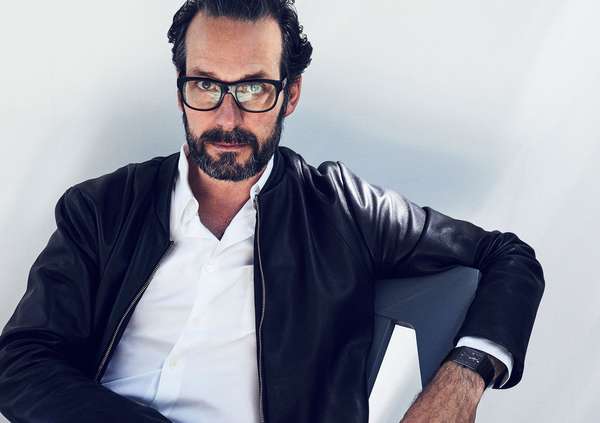

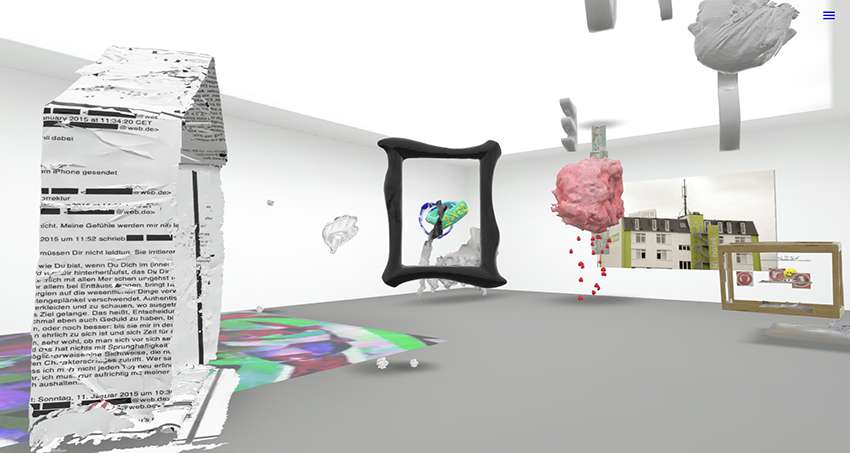

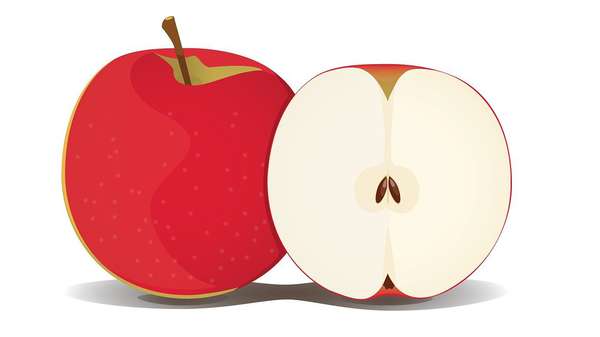

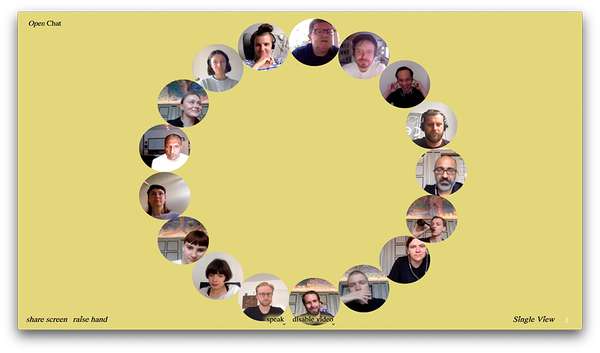

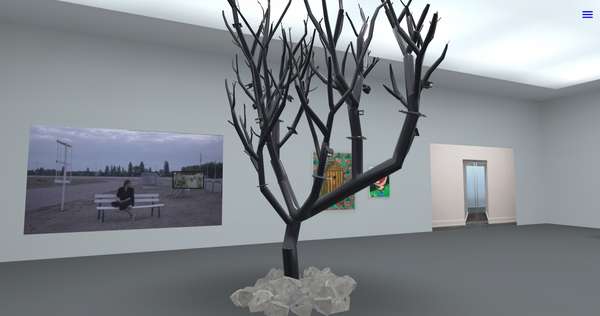









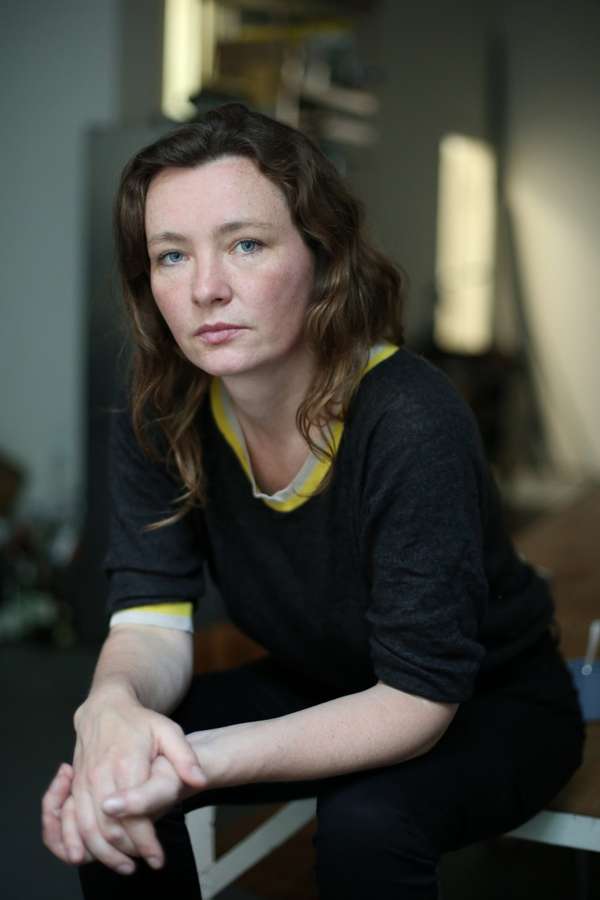

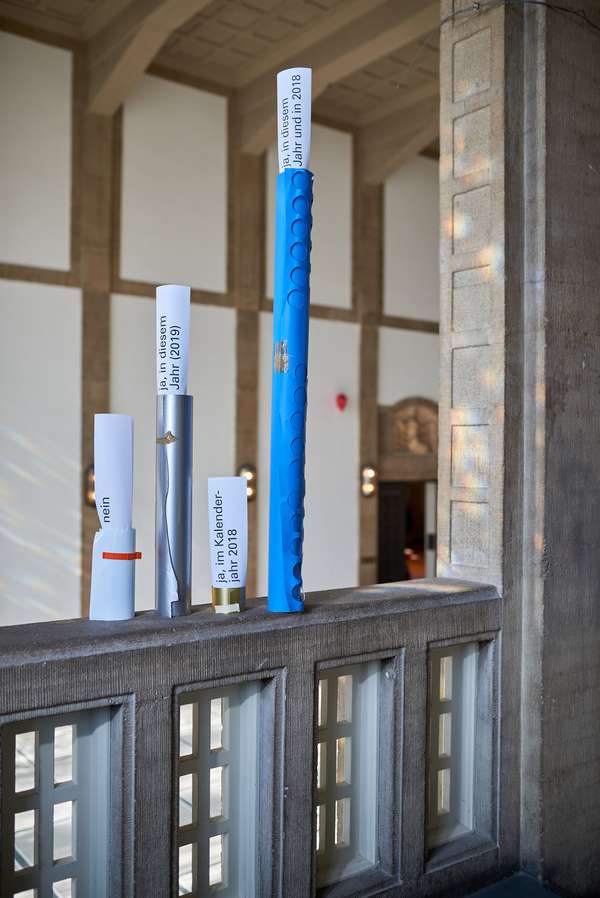



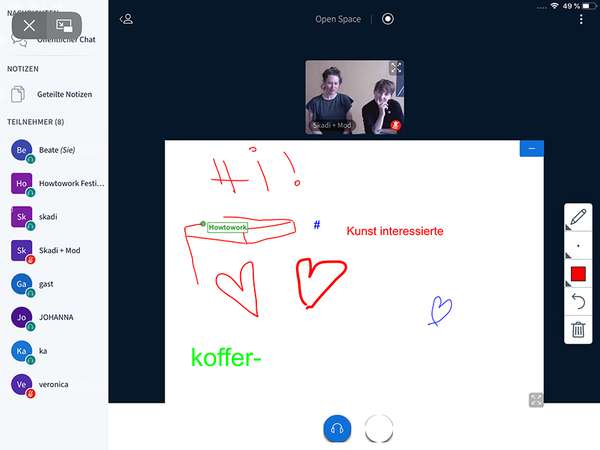
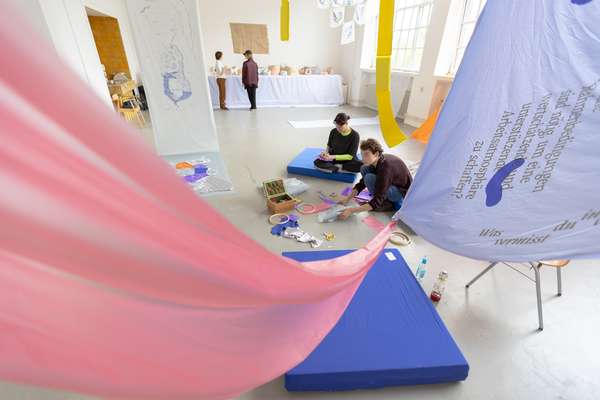

 Graduate Show 2025: Don't stop me now
Graduate Show 2025: Don't stop me now
 Long days, lots to do
Long days, lots to do
 Cine*Ami*es
Cine*Ami*es
 Redesign Democracy – competition for the ballot box of the democratic future
Redesign Democracy – competition for the ballot box of the democratic future
 Art in public space
Art in public space
 How to apply: study at HFBK Hamburg
How to apply: study at HFBK Hamburg
 Annual Exhibition 2025 at the HFBK Hamburg
Annual Exhibition 2025 at the HFBK Hamburg
 The Elephant in The Room – Sculpture today
The Elephant in The Room – Sculpture today
 Hiscox Art Prize 2024
Hiscox Art Prize 2024
 The New Woman
The New Woman
 Doing a PhD at the HFBK Hamburg
Doing a PhD at the HFBK Hamburg
 Graduate Show 2024 - Letting Go
Graduate Show 2024 - Letting Go
 Finkenwerder Art Prize 2024
Finkenwerder Art Prize 2024
 Archives of the Body - The Body in Archiving
Archives of the Body - The Body in Archiving
 New partnership with the School of Arts at the University of Haifa
New partnership with the School of Arts at the University of Haifa
 Annual Exhibition 2024 at the HFBK Hamburg
Annual Exhibition 2024 at the HFBK Hamburg
 (Ex)Changes of / in Art
(Ex)Changes of / in Art
 Extended Libraries
Extended Libraries
 And Still I Rise
And Still I Rise
 Let's talk about language
Let's talk about language
 Graduate Show 2023: Unfinished Business
Graduate Show 2023: Unfinished Business
 Let`s work together
Let`s work together
 Annual Exhibition 2023 at HFBK Hamburg
Annual Exhibition 2023 at HFBK Hamburg
 Symposium: Controversy over documenta fifteen
Symposium: Controversy over documenta fifteen
 Festival and Symposium: Non-Knowledge, Laughter and the Moving Image
Festival and Symposium: Non-Knowledge, Laughter and the Moving Image
 Solo exhibition by Konstantin Grcic
Solo exhibition by Konstantin Grcic
 Art and war
Art and war
 Graduate Show 2022: We’ve Only Just Begun
Graduate Show 2022: We’ve Only Just Begun
 June is full of art and theory
June is full of art and theory
 Finkenwerder Art Prize 2022
Finkenwerder Art Prize 2022
 Nachhaltigkeit im Kontext von Kunst und Kunsthochschule
Nachhaltigkeit im Kontext von Kunst und Kunsthochschule
 Raum für die Kunst
Raum für die Kunst
 Annual Exhibition 2022 at the HFBK
Annual Exhibition 2022 at the HFBK
 Conference: Counter-Monuments and Para-Monuments.
Conference: Counter-Monuments and Para-Monuments.
 Diversity
Diversity
 Live und in Farbe: die ASA Open Studios im Juni 2021
Live und in Farbe: die ASA Open Studios im Juni 2021
 Unlearning: Wartenau Assemblies
Unlearning: Wartenau Assemblies
 School of No Consequences
School of No Consequences
 Annual Exhibition 2021 at the HFBK
Annual Exhibition 2021 at the HFBK
 Semestereröffnung und Hiscox-Preisverleihung 2020
Semestereröffnung und Hiscox-Preisverleihung 2020
 Teaching Art Online at the HFBK
Teaching Art Online at the HFBK
 HFBK Graduate Survey
HFBK Graduate Survey
 How political is Social Design?
How political is Social Design?